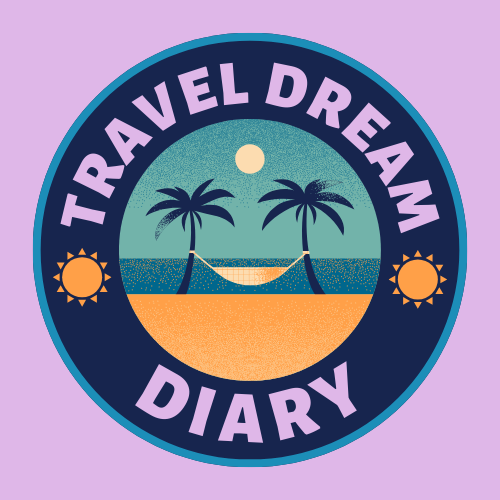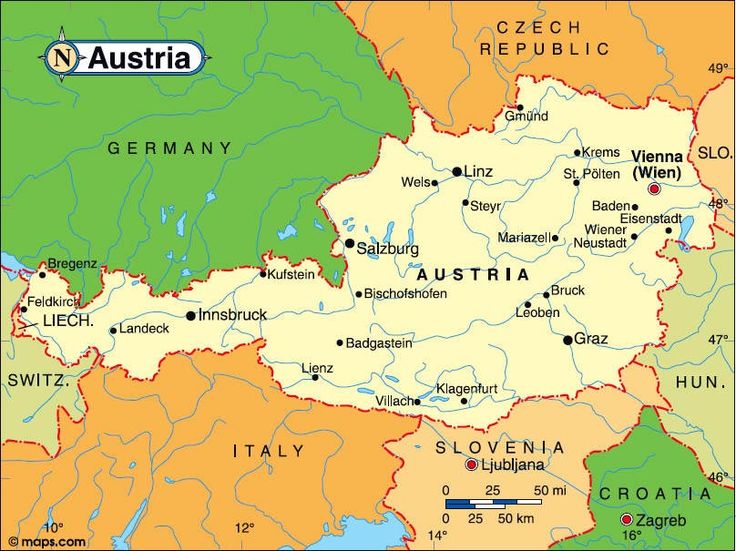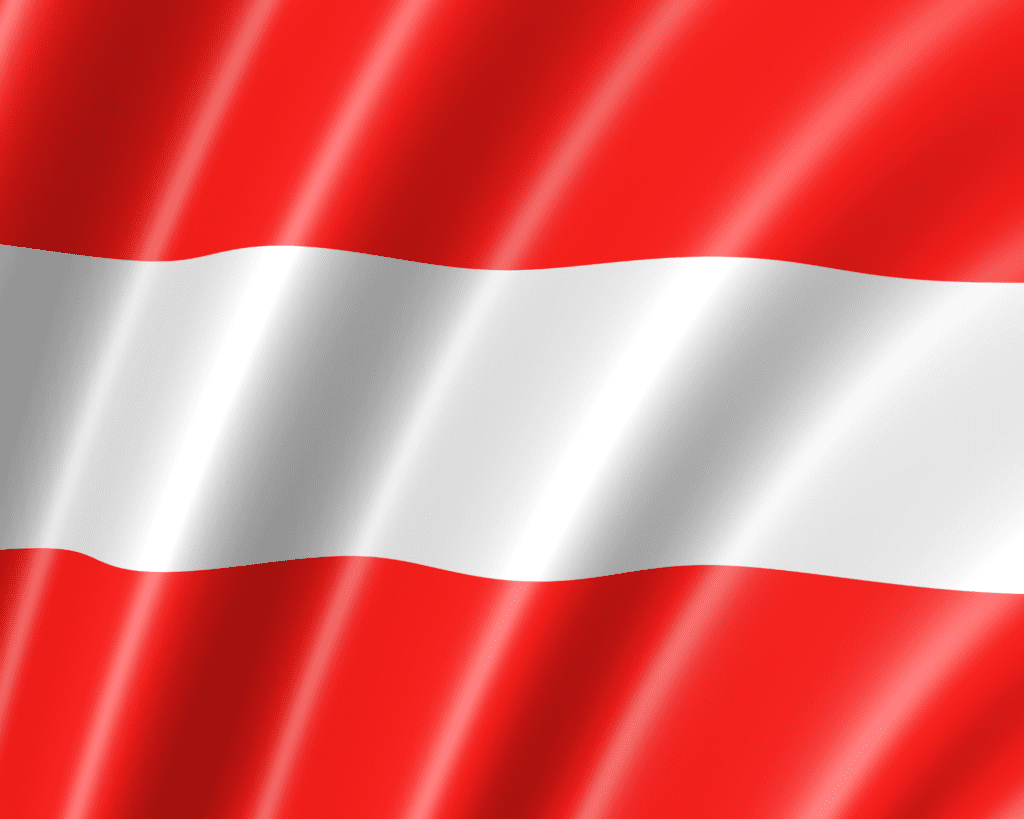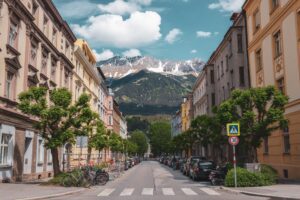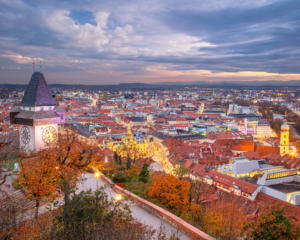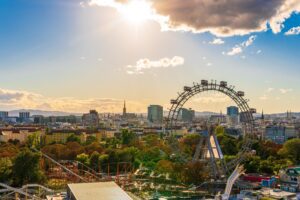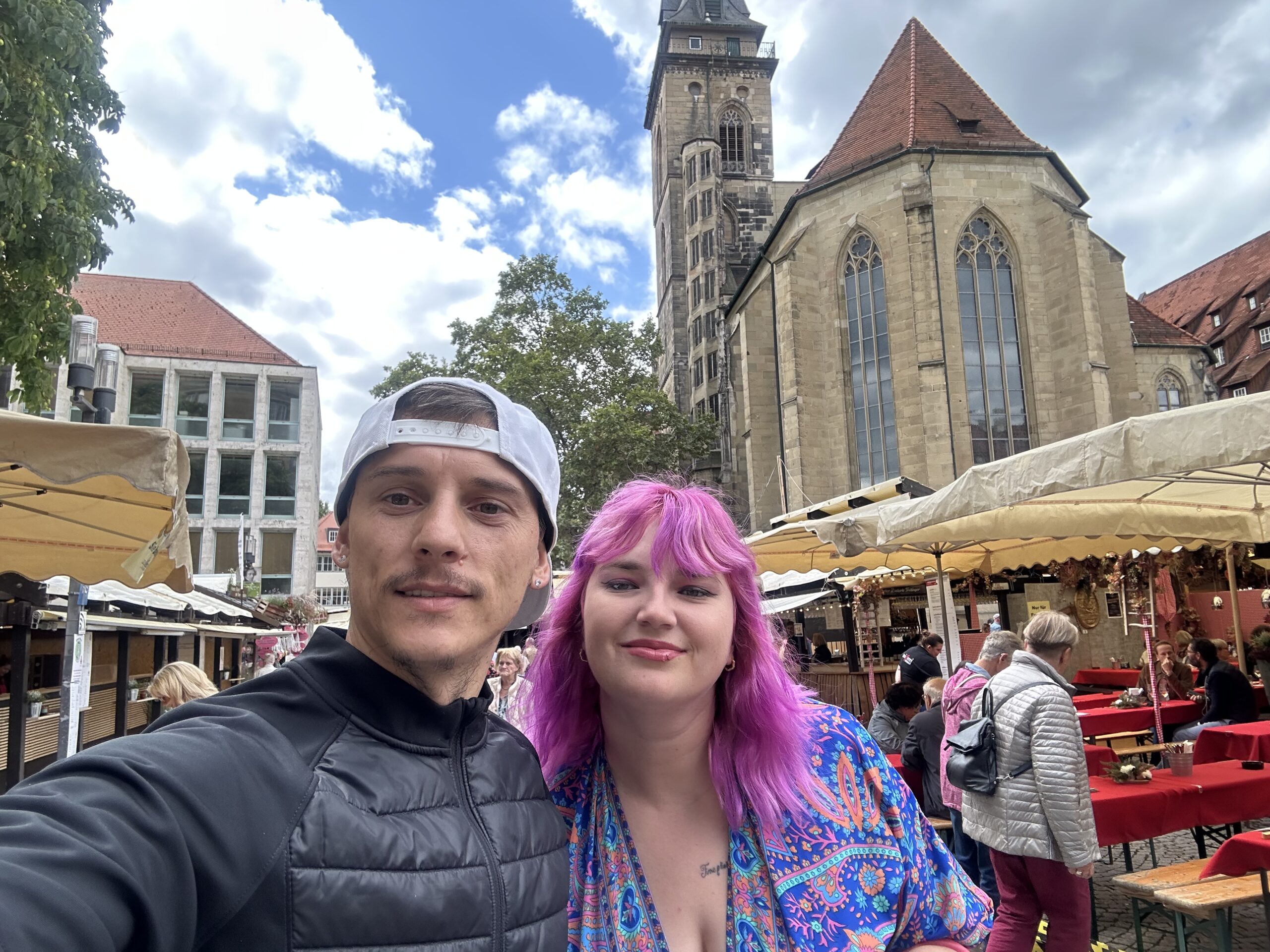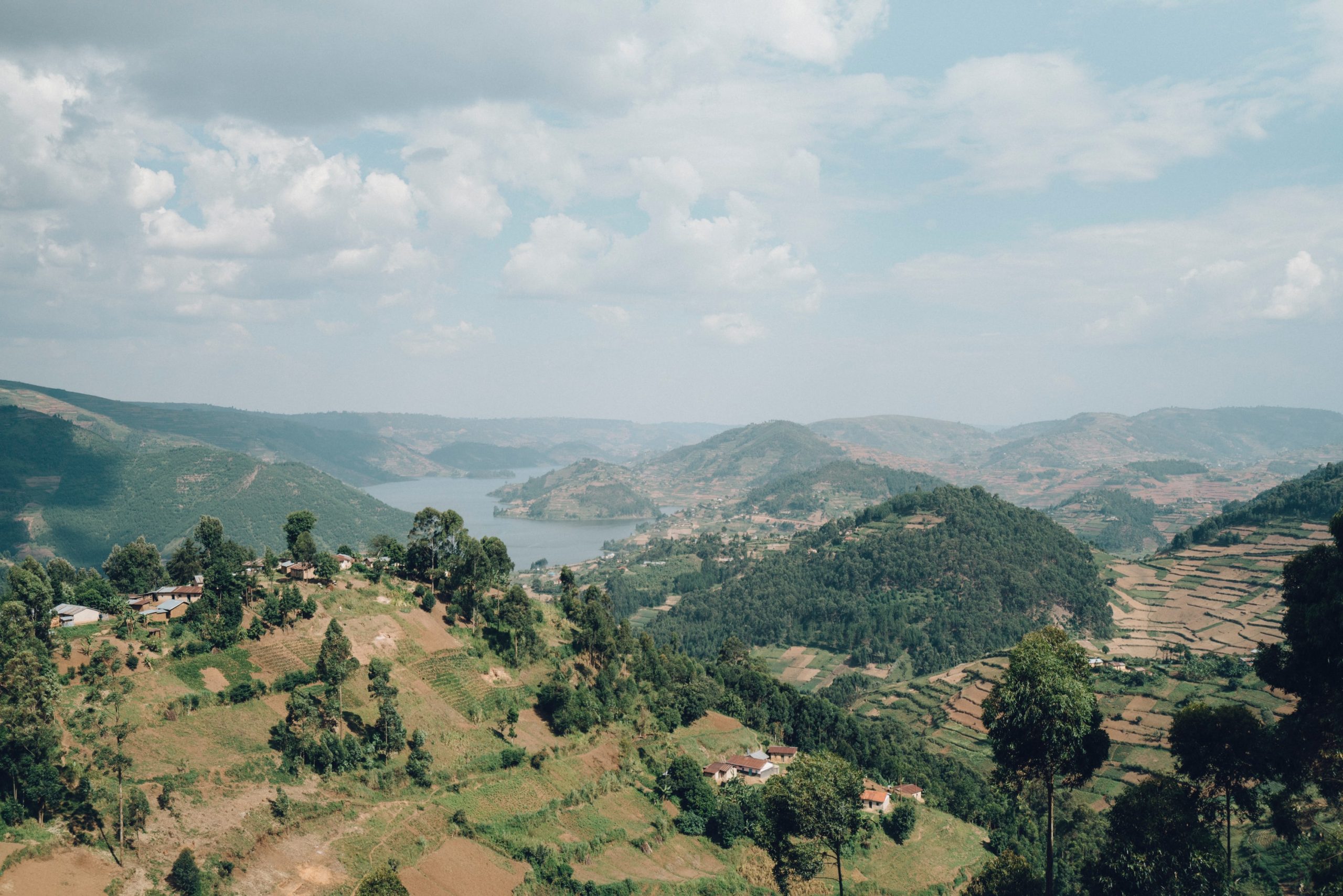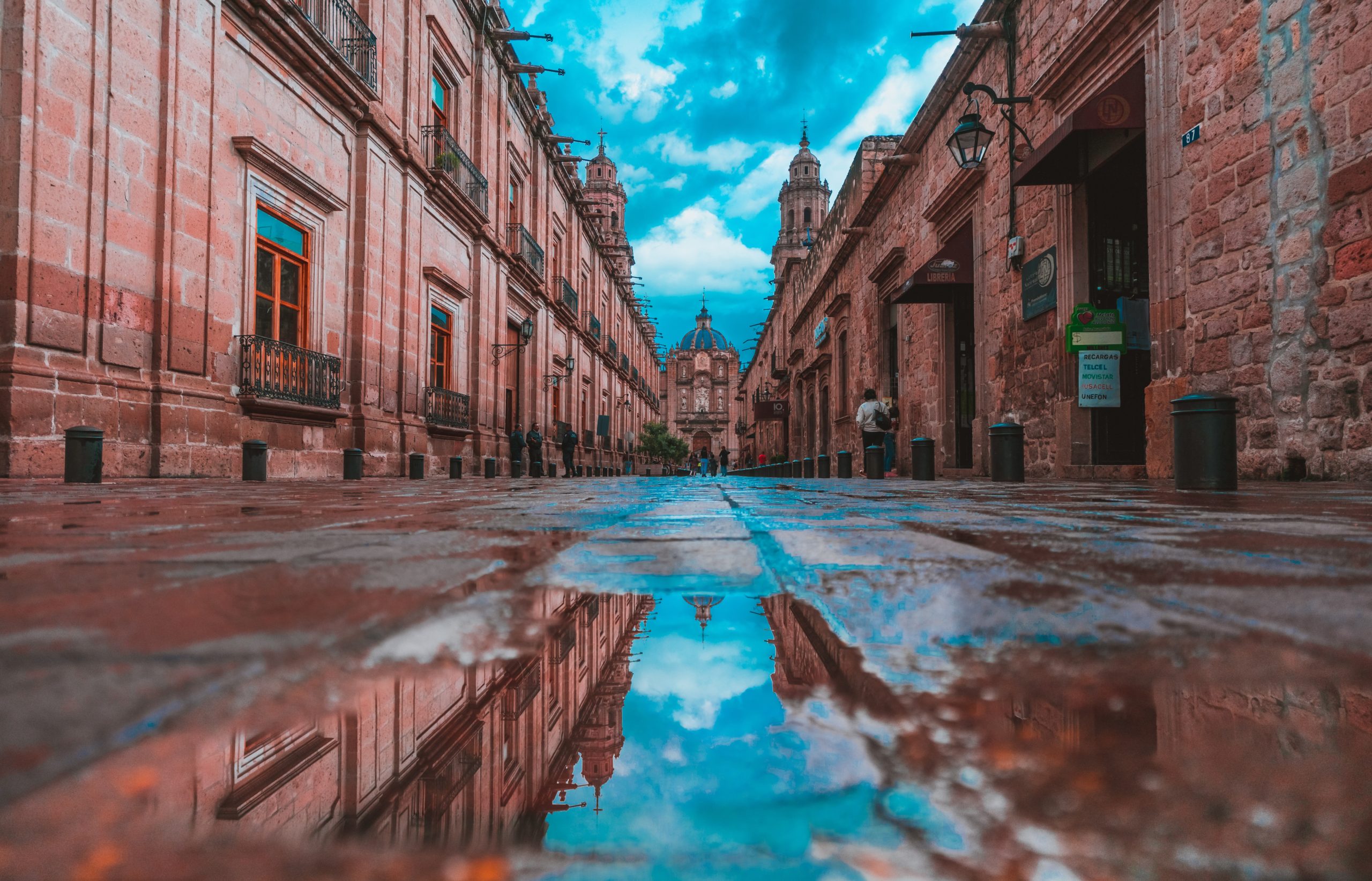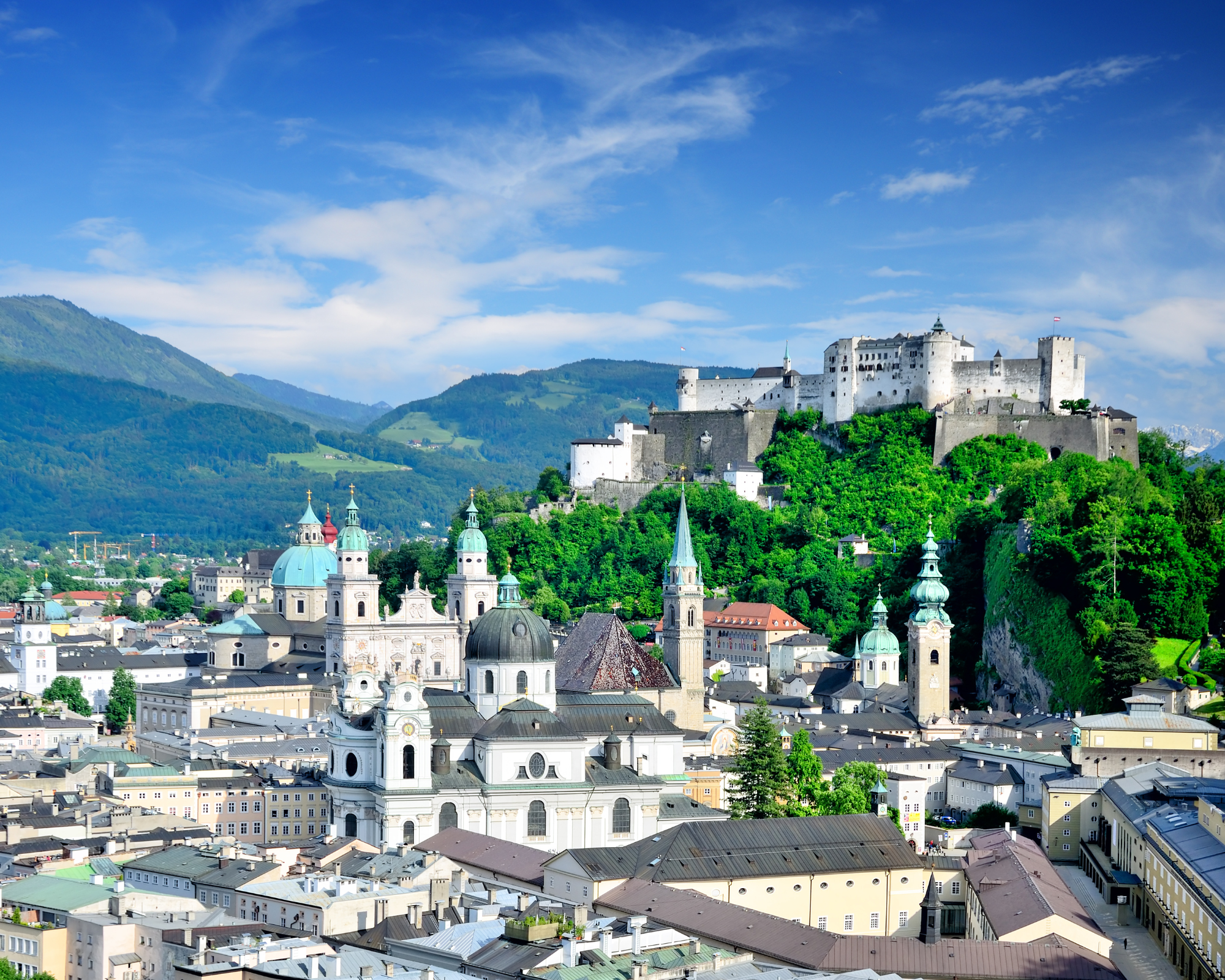
The Ultimate Salzburg Austria Travel Guide 2024
The Ultimate Salzburg Austria Travel Guide 2024
We were able to see all of Austria over our four trips to this stunning nation. We required a few carefully scheduled weekends to explore the stunning locations in this nation because we are near to Munich. Additionally, our map of Austria will make it easier for you to arrange your travel. We traveled to the cities of Linz and Graz during our first two days of travel. Driving to Graz took us several hours, but we can assure you that the journey is well worth it because you will pass by some stunning mountains. In addition, we made a quick stop at the Green Lake on the way back to Linz.
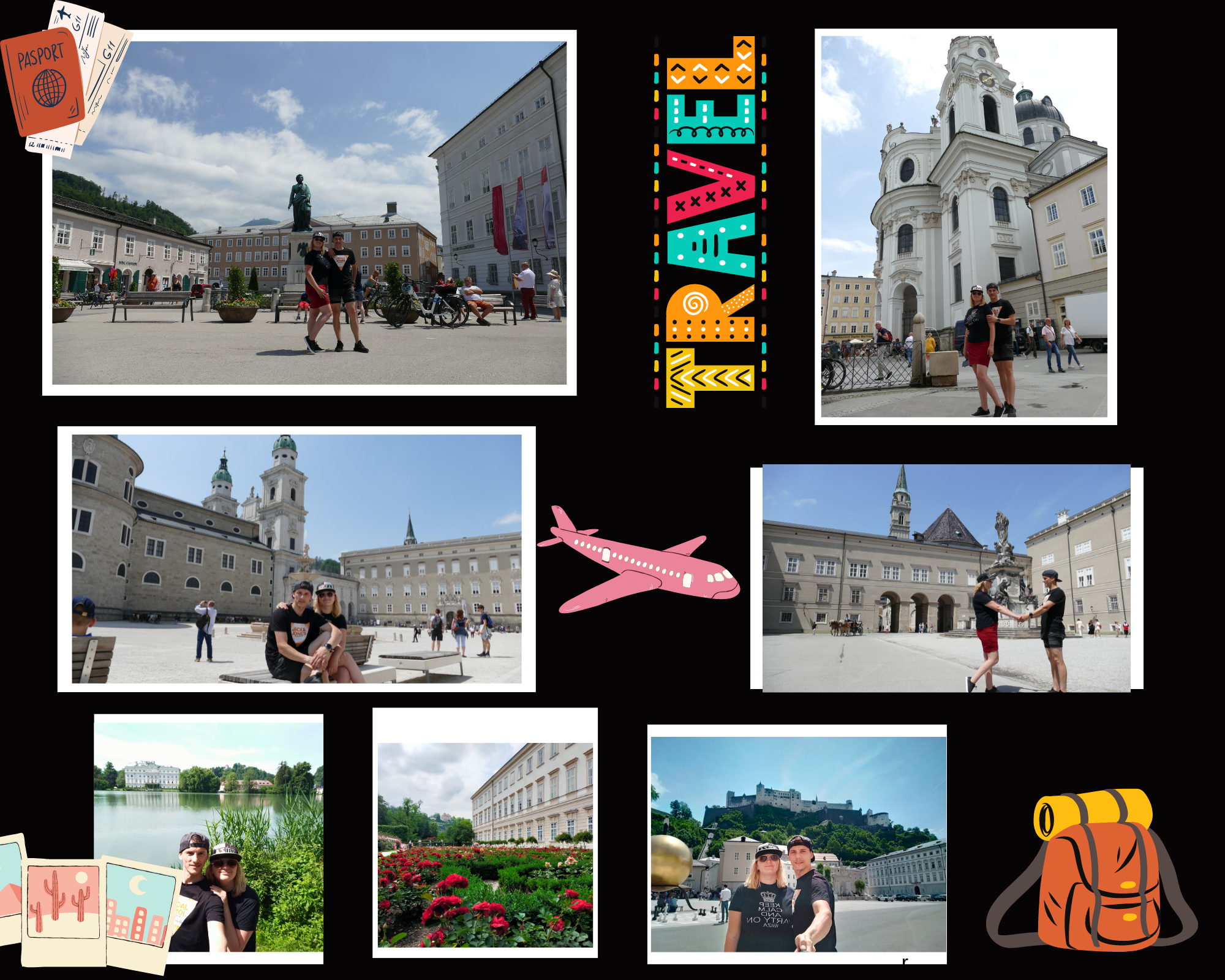
Photo Source : traveldreamdiary.com
Informations
The Land of Salzburg is a federal state in Austria. The state of Salzburg emerged from the diocese and later archbishopric of Salzburg, which existed from the 8th to the 18th century. At the end of the Holy Roman Empire in the course of the Napoleonic Wars, it was briefly affiliated with the Bavarian imperial circle and then by the Congress of Vienna as the Salzburg circle and later Duchy of Salzburg was part of the Habsburg monarchy. Almost 1000 years of independent history distinguishes Salzburg from all other Austrian states.
Language: The official language is German. The Land of Salzburg is a federal state in Austria. The state capital is the city of the same name, Salzburg.
Currency: Euro
Food Prices: Meal in a cheap restaurant=12 EUR, Meal for 2 People, Mid-range Restaurant=50 EUR
You can find more information about the visa here.
Notice: Several of the links below are affiliate links, which means that if you click over and make a purchase, I will get a commission at no extra cost to you. Here is a link to our complete affiliate disclosure.
Things to do
Hohensalzburg Fortress
Salzburg’s most recognizable landmark is the Hohensalzburg Fortress. It is situated on the Festungsberg, a mountain that rises above the city and continues northwest into the Mönchsberg. The Benedictine women’s monastery Nonnberg is situated just below the eastern castle’s outer amenities, the Nonnbergbasteien, in the “Nonnberg” foothills to the east of the fortress hill. Dating back to the eleventh century, Hohensalzburg Fortress is one of the largest castle complexes in Europe, with a built-up area of approximately 7,000 m².
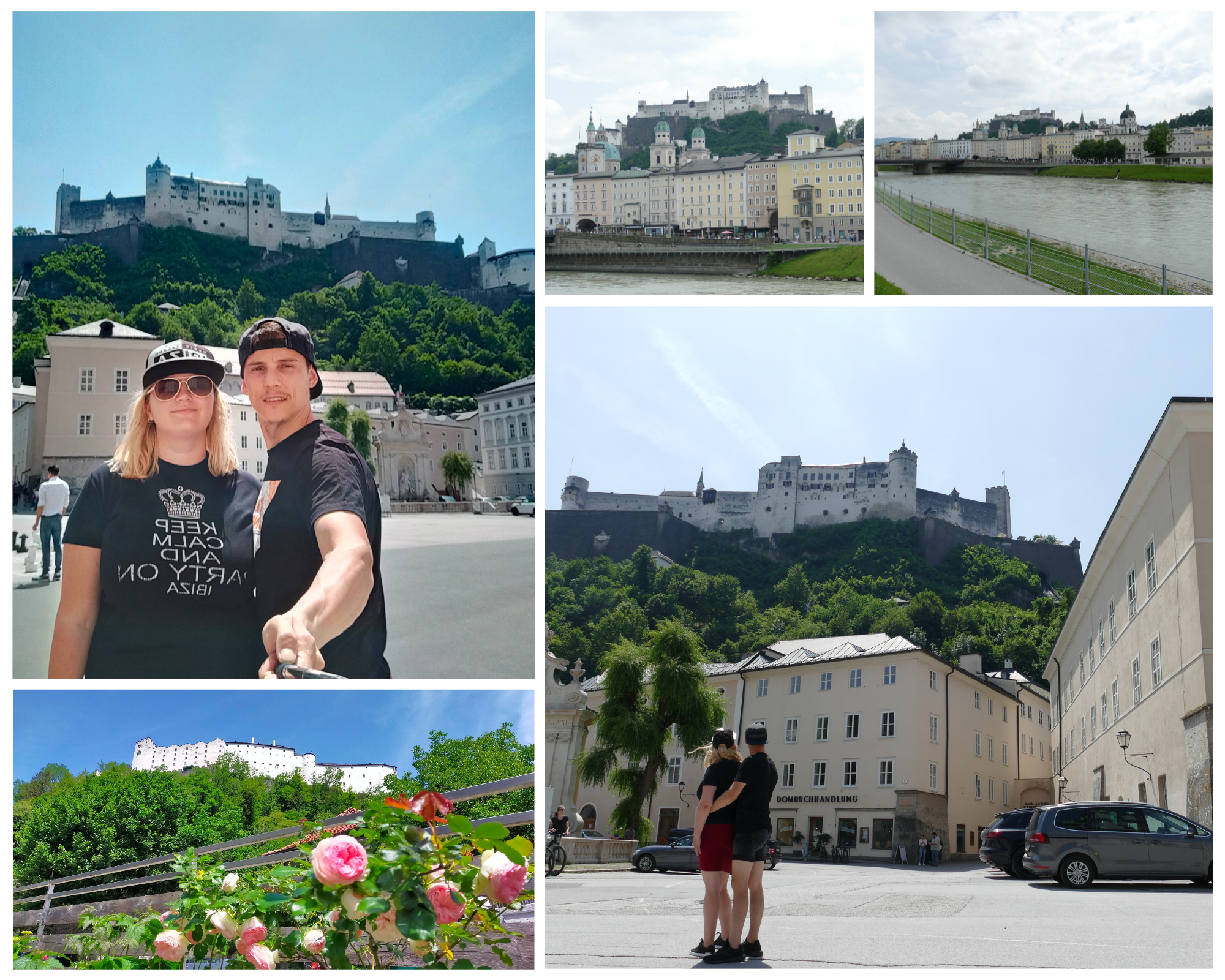
Photo Source : traveldreamdiary.com
Hellbrunn Palace
Built in the early 17th century as a Mannerist pleasure palace, Hellbrunn Palace is situated in Salzburg. It is notable for its trick fountains, which can be found in both its palace garden and its landscape garden, which is located south of the Morzg neighborhood. The palace is surrounded by large, beautifully manicured parks. Salzburg Zoo presently occupies a portion of the old castle park.
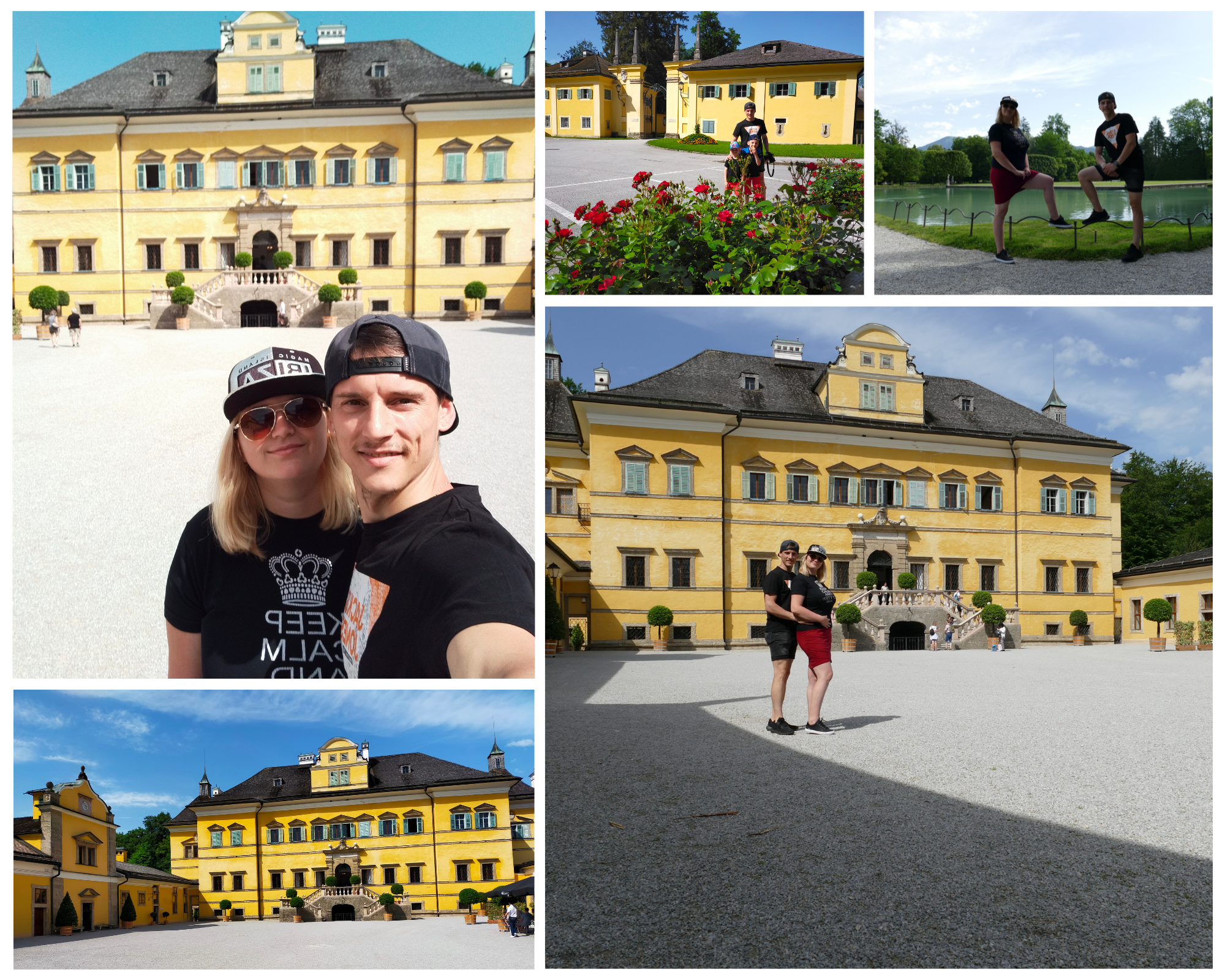
Photo Source : traveldreamdiary.com
Salzburg Cathedral
The metropolitan church of the ecclesiastical province of Salzburg is the Salzburg Cathedral, which serves as the cathedral of the Roman Catholic archdiocese of Salzburg. September 24th is Rupert Day, when people honor the patron saint, which is dedicated to Rupert and Virgil. The baroque structure, which was completed during the Thirty Years’ War, is a listed structure that is a part of Salzburg’s UNESCO World Heritage Historic Center.
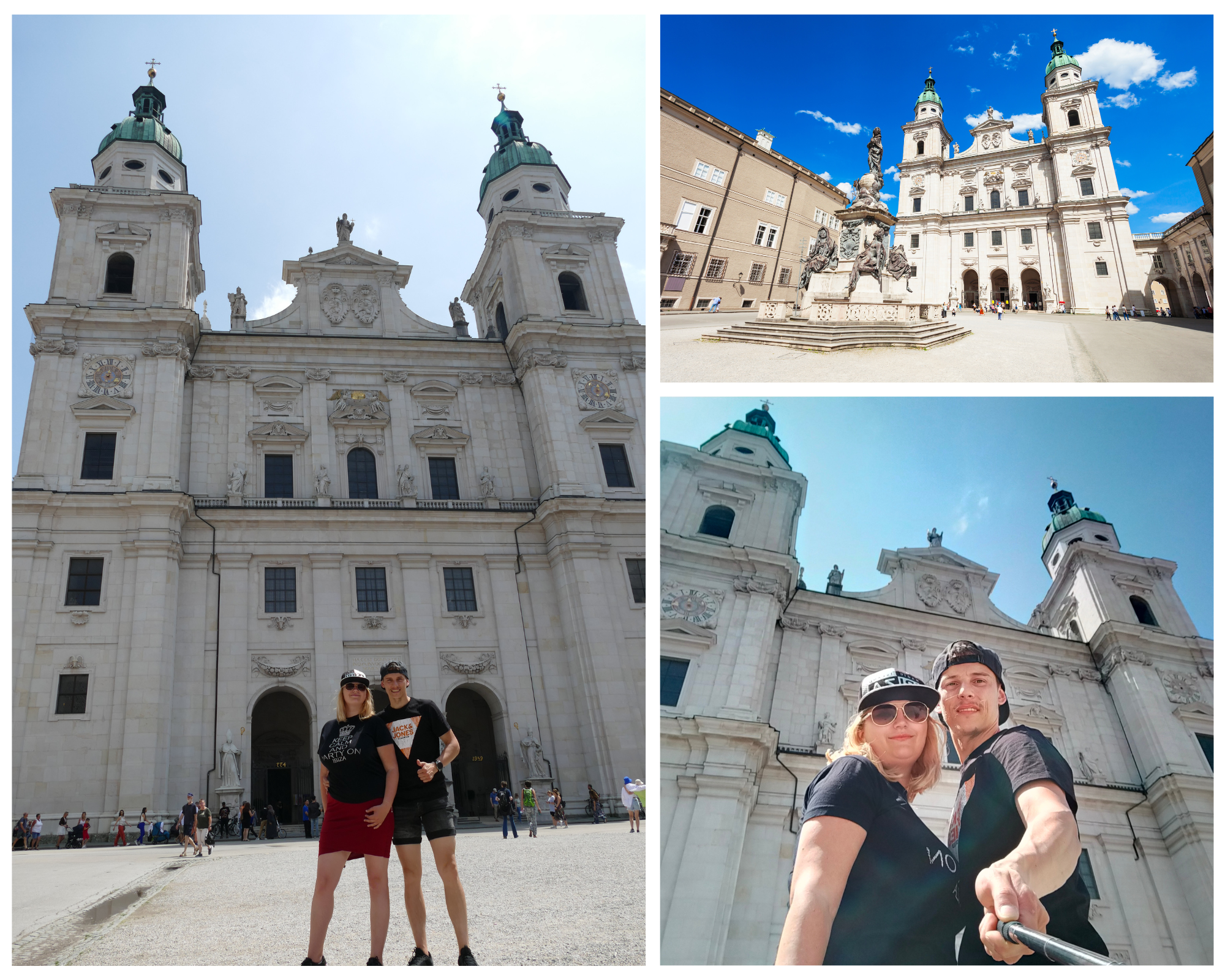
Photo Source : traveldreamdiary.com
DomQuartier Salzburg
This version of the DomQuartier Salzburg museum complex has been a part of the city of Salzburg since 2014. The Salzburg Cathedral and Domplatz are the focal points of this conceptual fusion and presentation of structures and collections of secular and religious art.
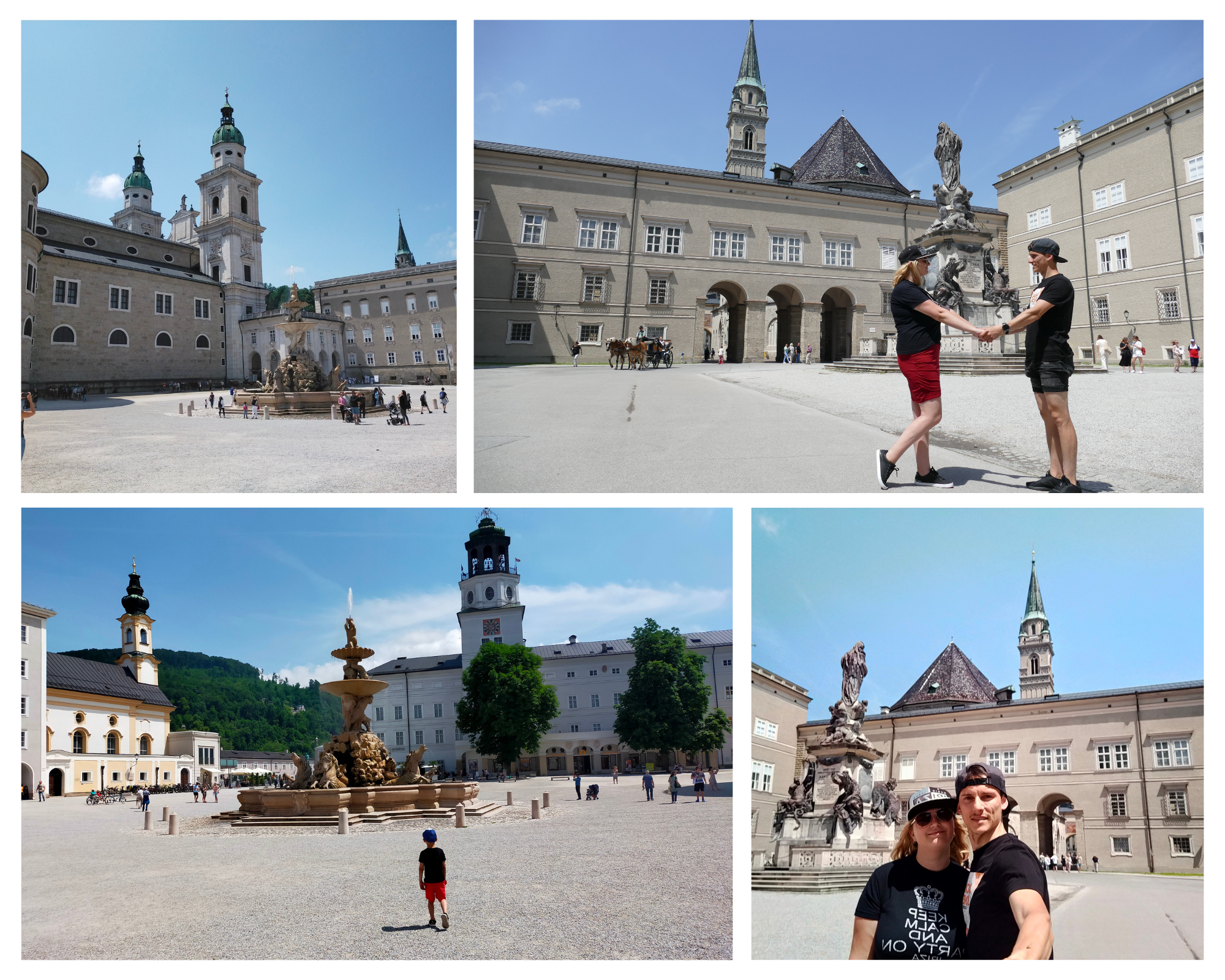
Photo Source : traveldreamdiary.com
Mirabell Palace
Salzburg, Austria is home to the ancient Mirabell Palace. The palace and its gardens are included in the UNESCO World Heritage Site, the Historic Center of the City of Salzburg, and are designated as cultural heritage monuments.The City of Salzburg bought the mansion in 1866. It temporarily housed the mayor’s office and various municipal administration offices following World War II.
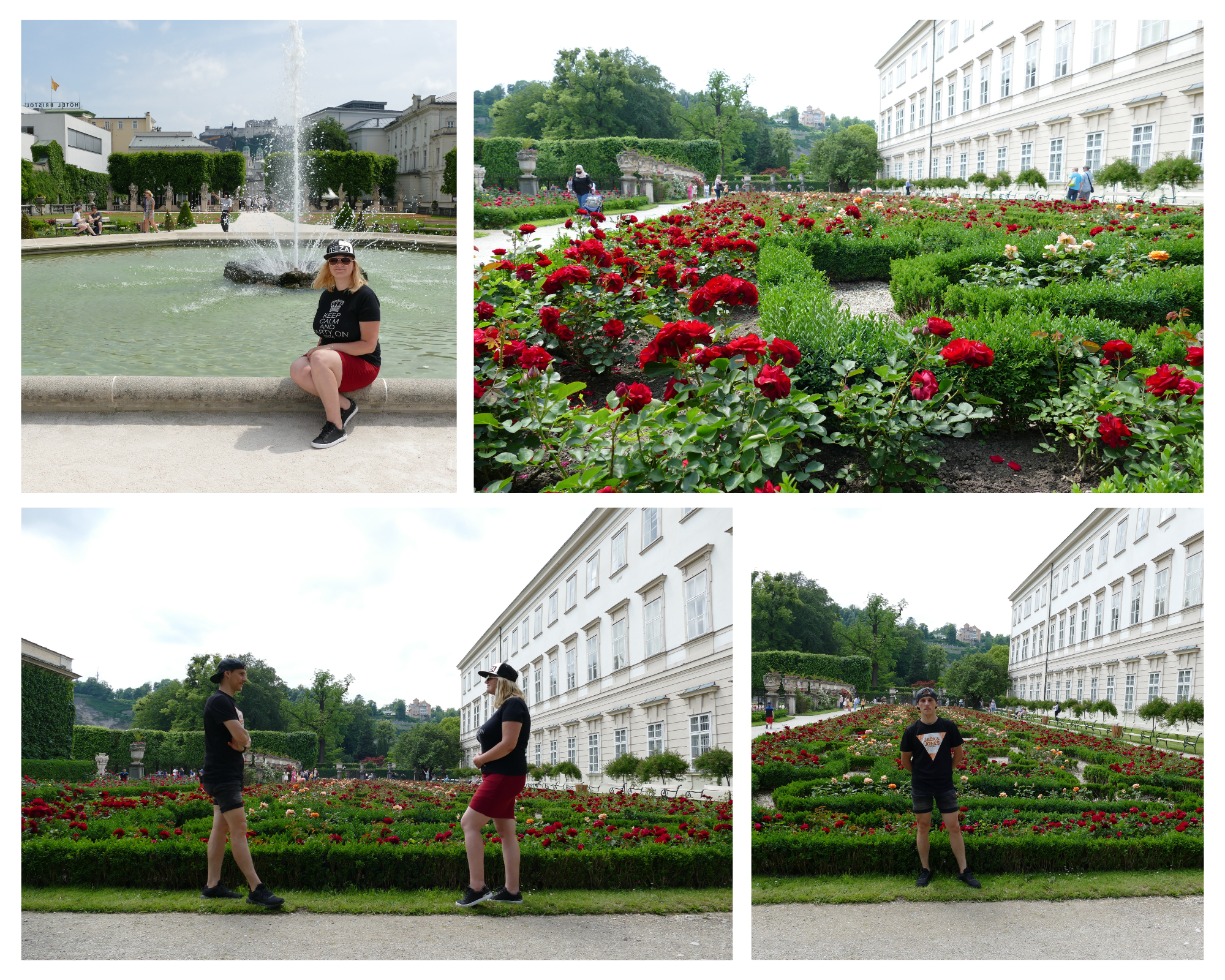
Photo Source : traveldreamdiary.com
Red Bull Hangar-7
Dietrich Mateschitz, an entrepreneur who passed away on October 22, 2022, owned a collection of vintage aircraft, helicopters, and Formula 1 racing vehicles, which are housed in Hangar-7, a multipurpose structure on the east side of Salzburg Airport. The entire steel skeleton is protected by a clear glass cover.
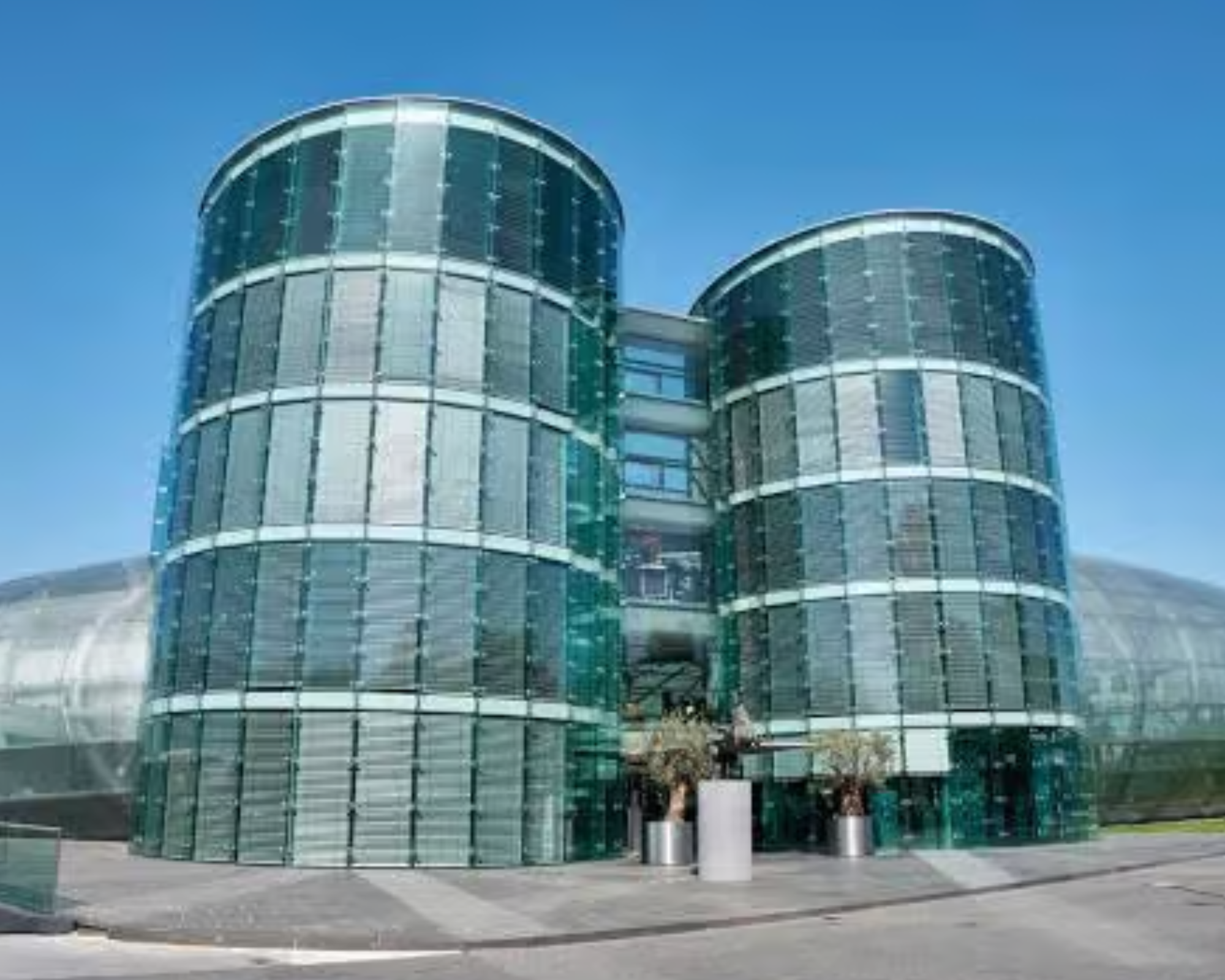
Photo Source : traveldreamdiary.com
Residenzplatz
The Residenzplatz, located in the heart of Salzburg’s old town, is a lovely and representative plaza. The Old Residence borders the plaza on the west, the New Residence, with its elaborate glockenspiel, borders it on the east, and the cathedral borders it on the south. The square is surrounded by townhouses in the north that have a closed facade with roots in medieval architecture. The Michaelskirche, a part of the St. Peter monastery, comes next. The square then becomes Mozartplatz after that. The Residenzbrunnen fountain, an outstanding work of 17th-century architecture, sits in the center of Residenzplatz. There used to be a cemetery where the square now stands.
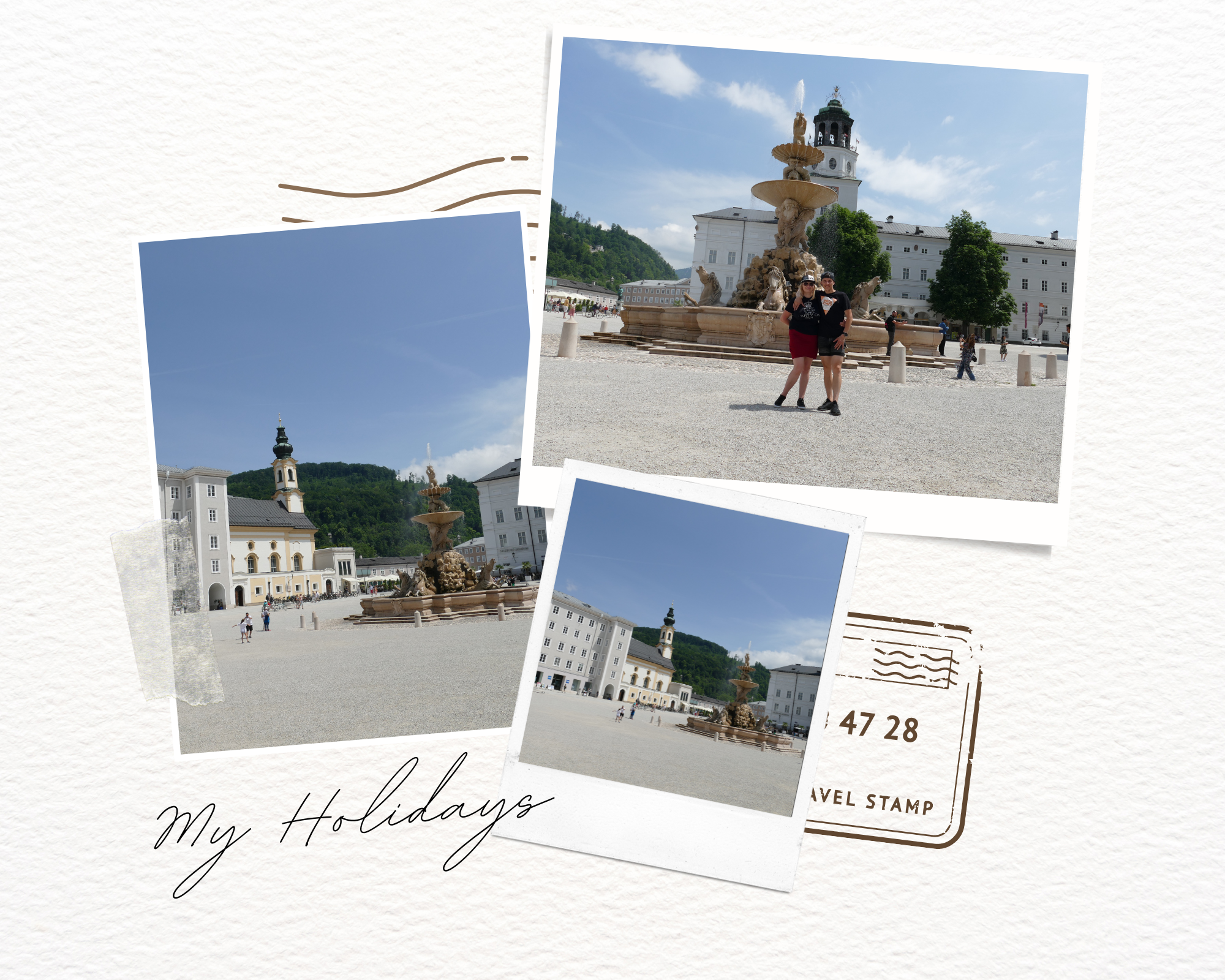
Photo Source : traveldreamdiary.com
Sankt Peter monastery
The oldest surviving monastery in the German-speaking world as well as within the Austrian Benedictine Congregation is the Sankt Peter monastery, commonly known as the Archabbey of St. Peter in Salzburg. The Rule of Benedict governs the monks’ way of life. The whole region is protected as a national monument.
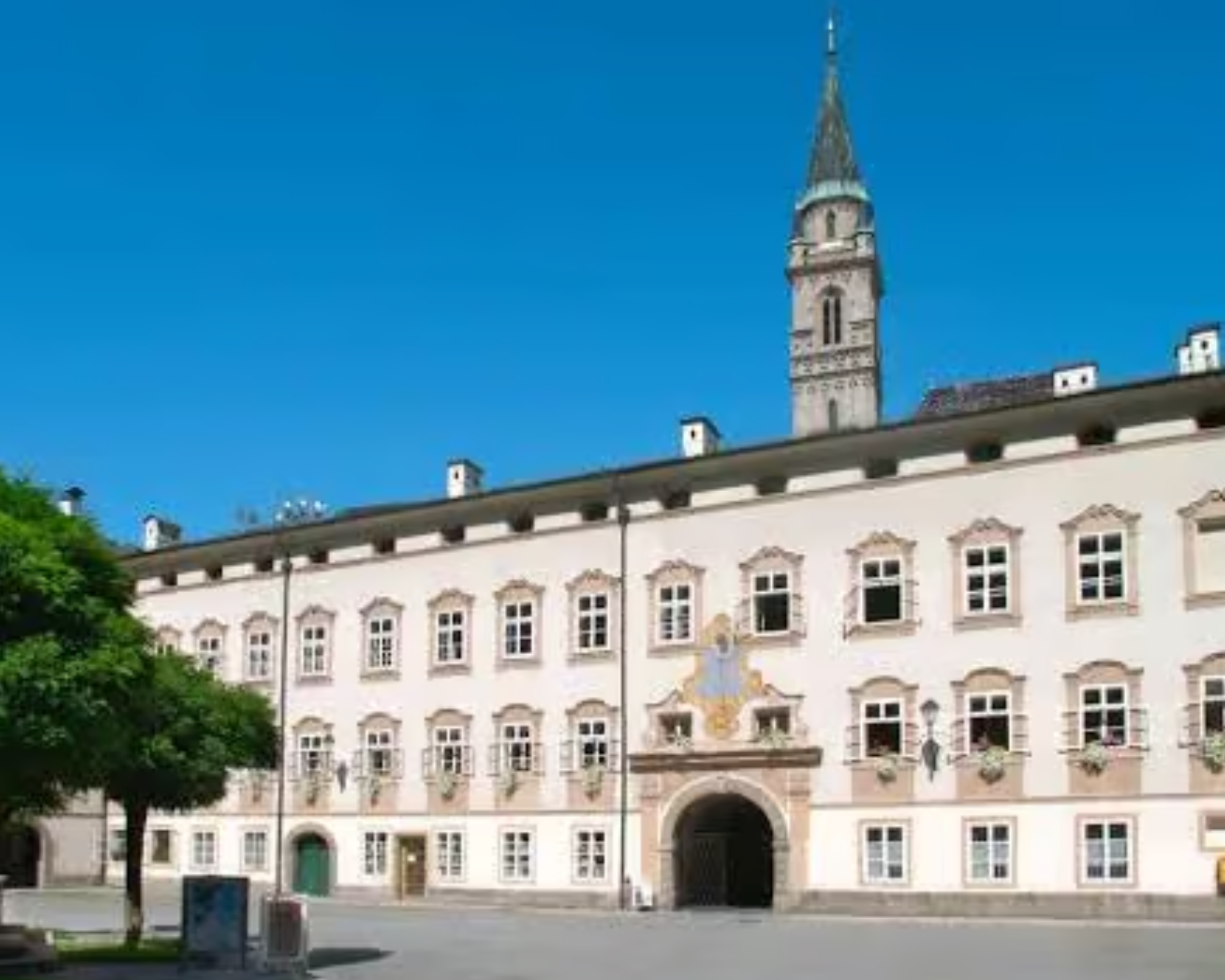
Photo Source : traveldreamdiary.com
Staatsbrücke
Abnützung and steadily increasing traffic necessitated a new state bridge in the beginning of the 1940s. Following the construction of a bridge, things started to move forward in 1941 when work on the new steel bridge was initiated. In order to complete the construction, more and more war prisoners were recruited. The conditions under which all sowjetische Kriegsgefangene were required to work were disastrous.The bridge’s construction was nearly finished by the end of 1944, and on November 27 it was made available for public use. The post-war Uferverbauungen were completed until 1949.A number of other changes were made throughout the postwar era. The Staatsbrücke was equipped with pedestrian walkways, a bike path, and a pedestrian promenade. The Staatsbrücke was generalized in 1986.The State Bridge was placed under general supervision from April to October 2007. Additionally, a bike path was added to the bridge.
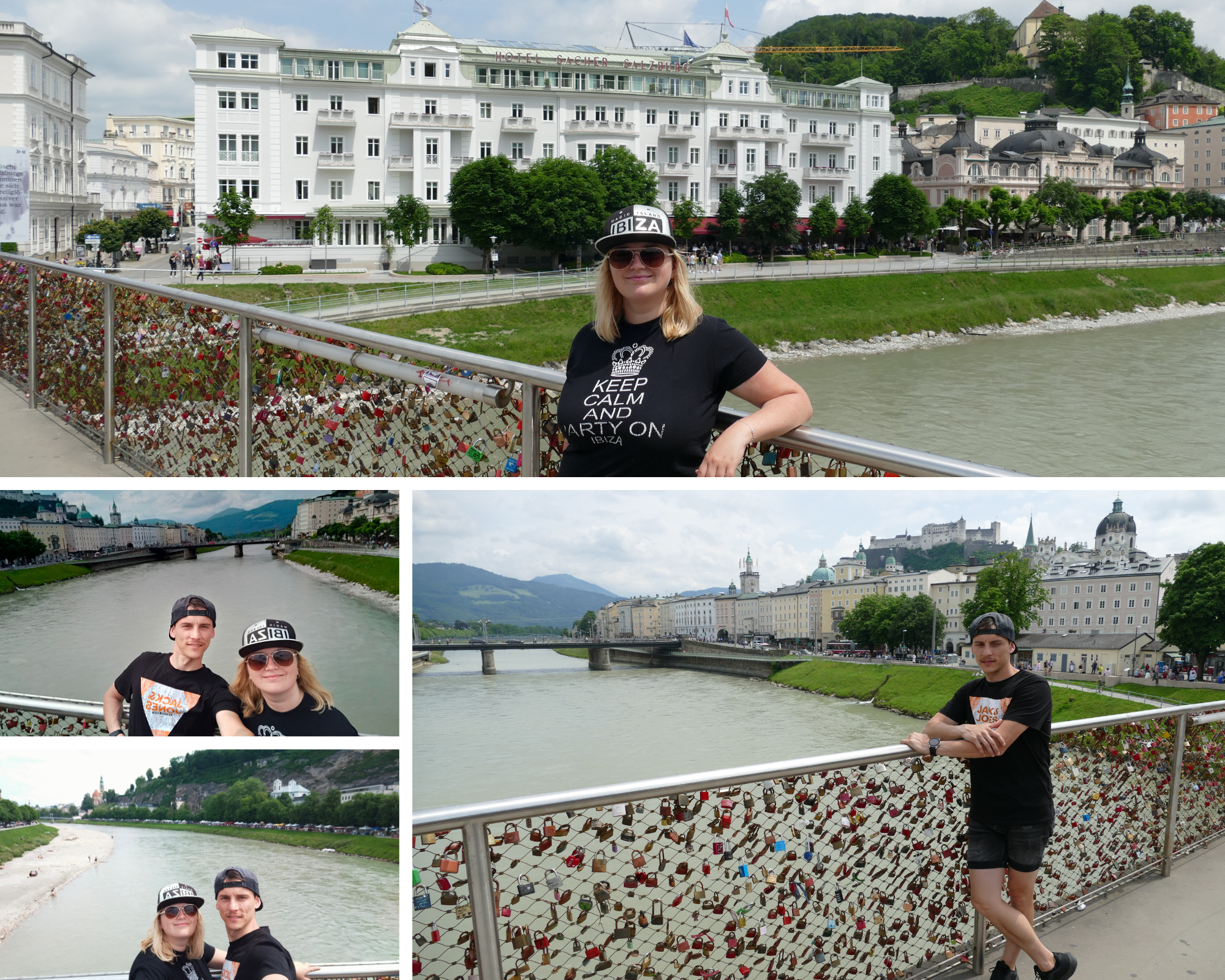
Photo Source : traveldreamdiary.com
Maria Plain
Located in the Bergheim municipality on the outskirts of Salzburg, Maria Plain is a Roman Catholic place of pilgrimage. The neighboring chapels and structures create a baroque ensemble with the pilgrimage basilica on the Plainberg. The miraculous image of Maria Plain, which has the topic Maria Trost and depicts Mary wearing a crown while the Christ Child lies in front of her and extends his arms to her, is revered in the pilgrimage church, which has been elevated to the status of a minor basilica since 1952. The Blessed Mother is holding a diaper in her hands.
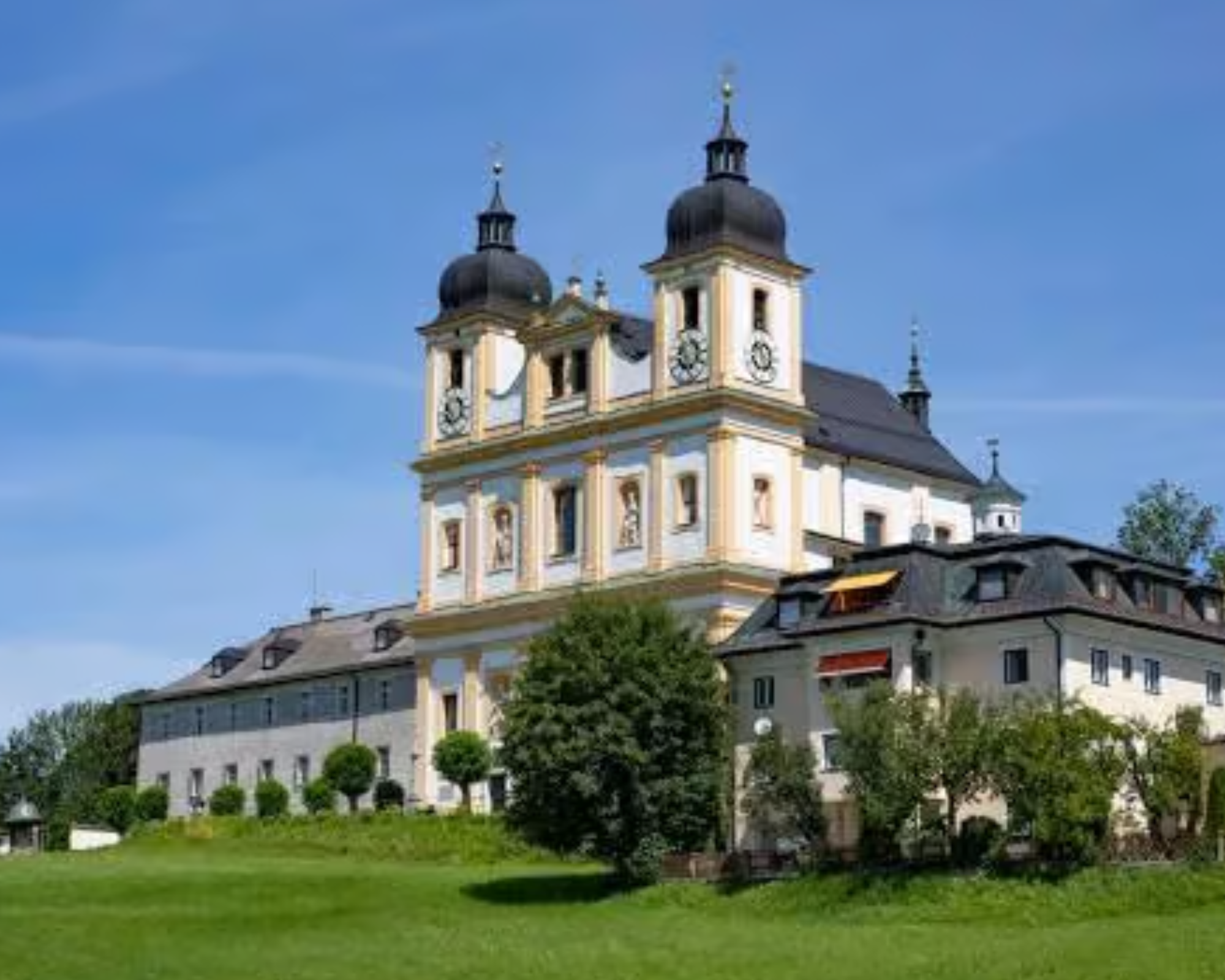
Photo Source : traveldreamdiary.com
Petersfriedhof
Situated at the base of the Festungsberg with Hohensalzburg Castle, the Petersfriedhof, also known as St. Peter’s Cemetery, is the oldest cemetery in the Austrian city of Salzburg, along with the burial place at Nonnberg Abbey. It is among the most visited tourist destinations in Salzburg. The site deteriorated after being closed in 1878 until the monks of St. Peter’s were able to successfully advocate for the admission of new burials in 1930.It began in 700 AD when Saint Rupert of Salzburg founded the nearby St. Peter’s Abbey (Stift St. Peter). The earliest tombstone is from 1288, while the abbey’s cemetery was first mentioned in a deed in 1139, most likely on the location of an even older burial ground.
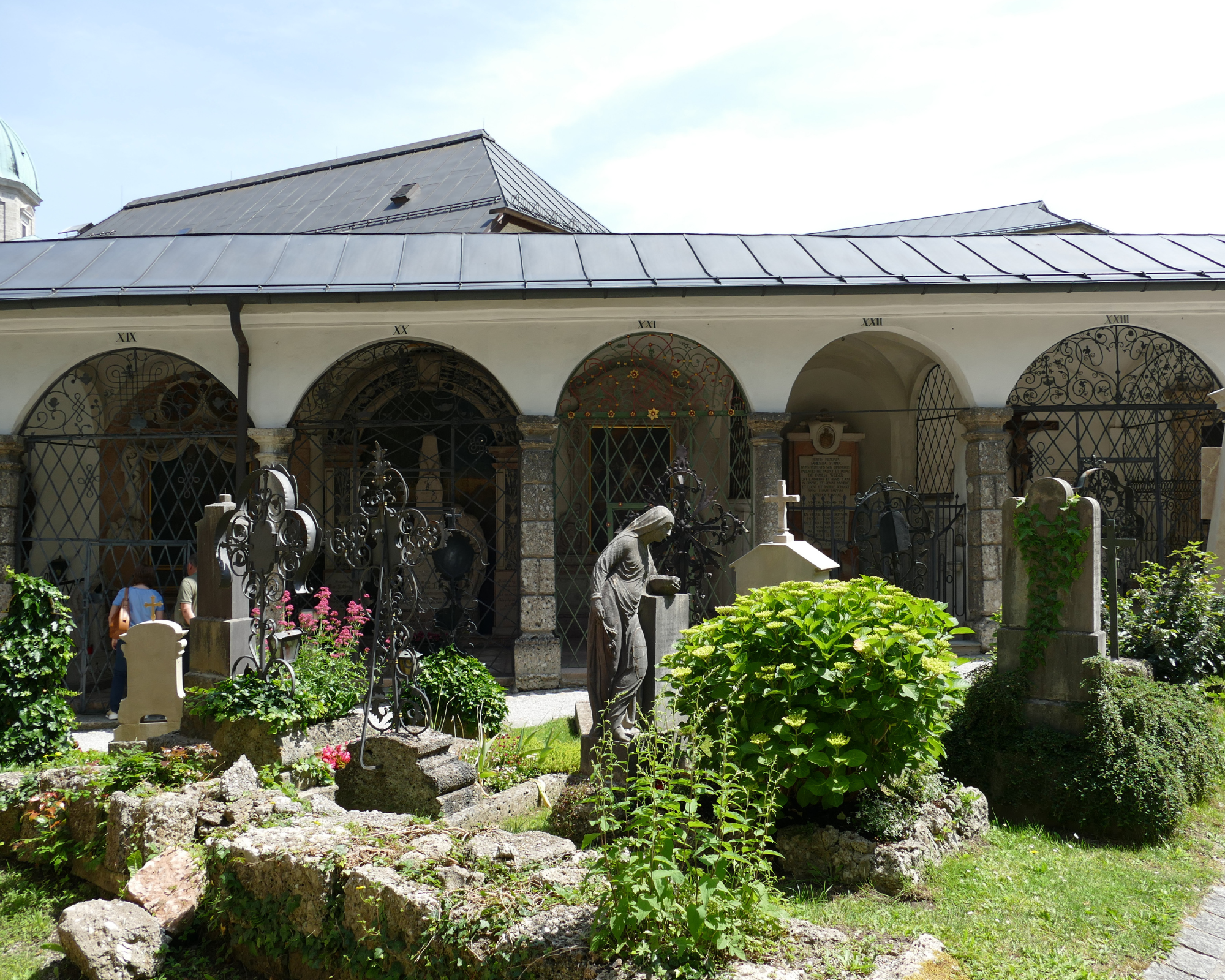
Photo Source : traveldreamdiary.com
Franciscan Church
Belonging to the Franciscan monastery, the Roman Catholic Franciscan Church is among the oldest in Salzburg’s old town. It is situated between Sigmund-Haffner-Gasse to the west and Franziskanergasse to the south. The ancient Romanesque nave basilica with its ribbed roof and the elegant late Gothic choir with its ribbed vault, both the same width as the nave, make up the Franciscan church.
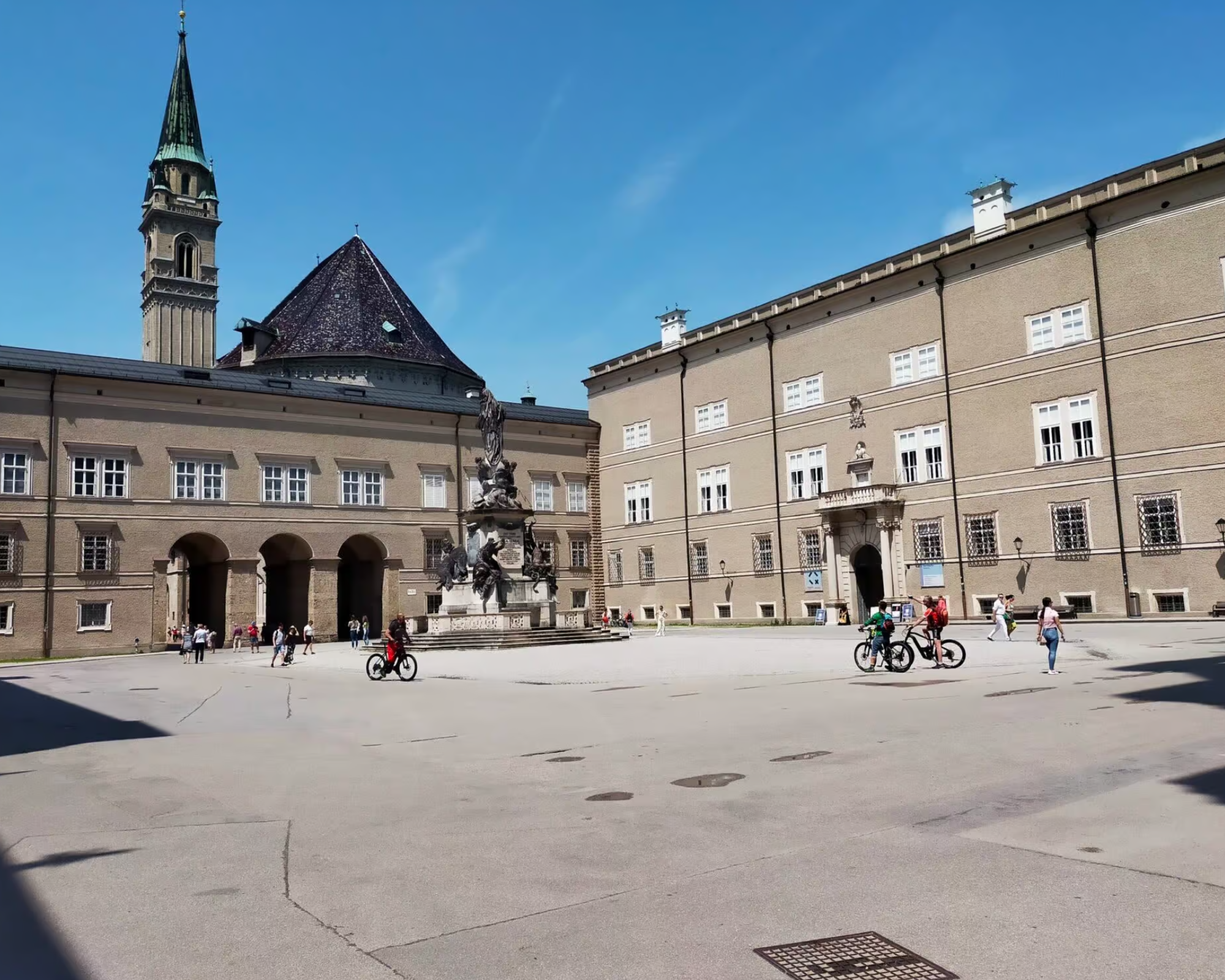
Photo Source : traveldreamdiary.com
Haus der Natur
In Salzburg, Austria, there is a natural history and technology museum called the Haus der Natur. The house is part of the UNESCO World Heritage Historic Center of the City of Salzburg and is situated in the Linke Altstadt. It is a listed building.

Photo Source : traveldreamdiary.com
Salzburg Open-Air Museum
The Salzburg Open-Air Museum is situated in the municipality of Großgmain, in the federal state of Salzburg, not far from the German-Austrian border and roughly 15 km southwest of the city of Salzburg. Situated in a wildlife and plant protection area at the base of the Untersberg, the exquisitely manicured museum area spans 50 hectares.
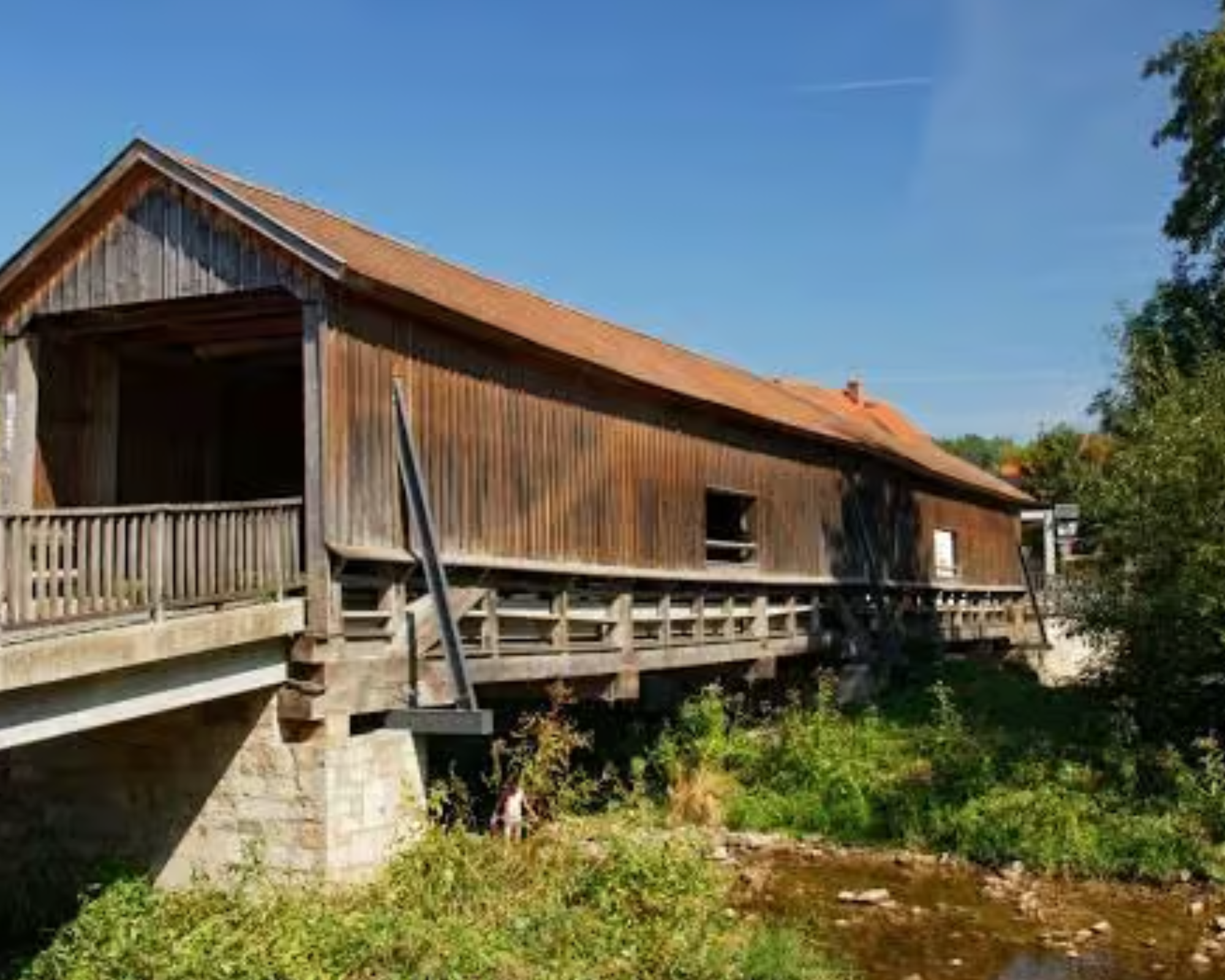
Photo Source : traveldreamdiary.com
Leopoldskron Palace
Salzburg’s Leopoldskron Palace dates back to the 18th century. It is located in the Riedenburg district’s green area, surrounded by a park-like scenery and an expansive castle park. Leopoldskroner moss borders the south-west, and gneiss moss borders the southeast. The castle owns a castle chapel. The palace is to the north of the related Meierhof. From the outset, the manicured exterior palace garden has included the Leopoldskroner Weiher and Leopoldskroner Straße, the oldest avenue of chestnut trees in the region of Salzburg.
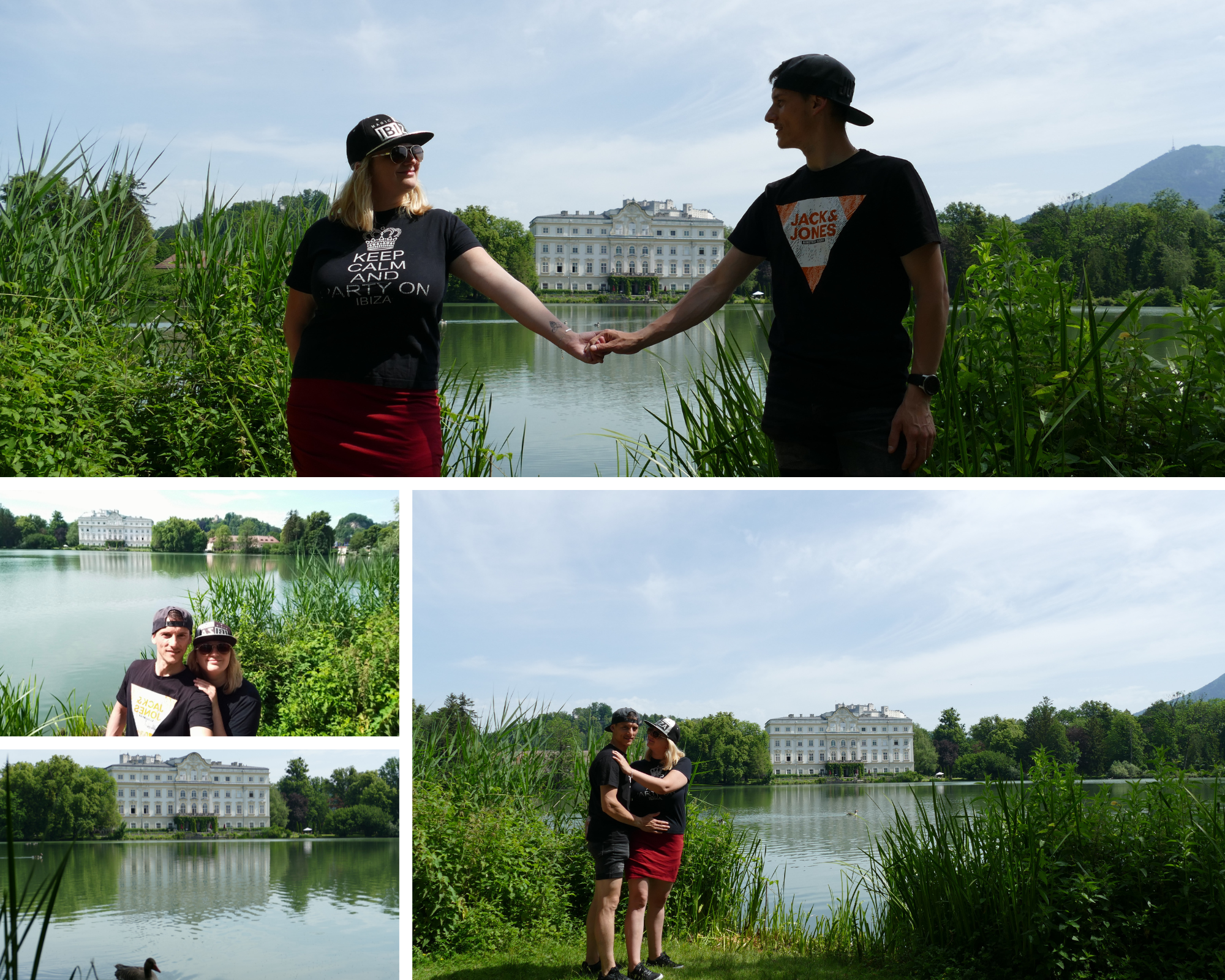
Photo Source : traveldreamdiary.com
Mozart's birth place
The address of Wolfgang Amadeus Mozart’s birthplace was No. 9 Getreidegasse in Salzburg, Austria. From 1747 until 1773, the Mozart family lived on the third level. This is where Mozart himself was born on January 27, 1756. He was Leopold Mozart’s eighth child and a member of the Salzburg Royal Chamber orchestra.Mozart’s birthplace is now a museum where guests may learn about the composer’s early years, his first instruments, his friends, and his intense love of opera.The second floor is devoted to Mozart’s interest in opera and has the clavichord on which he created The Magic Flute. The third floor displays Mozart’s childhood violin along with photographs, documents, and early copies of his work. The Mozart family owns the building.
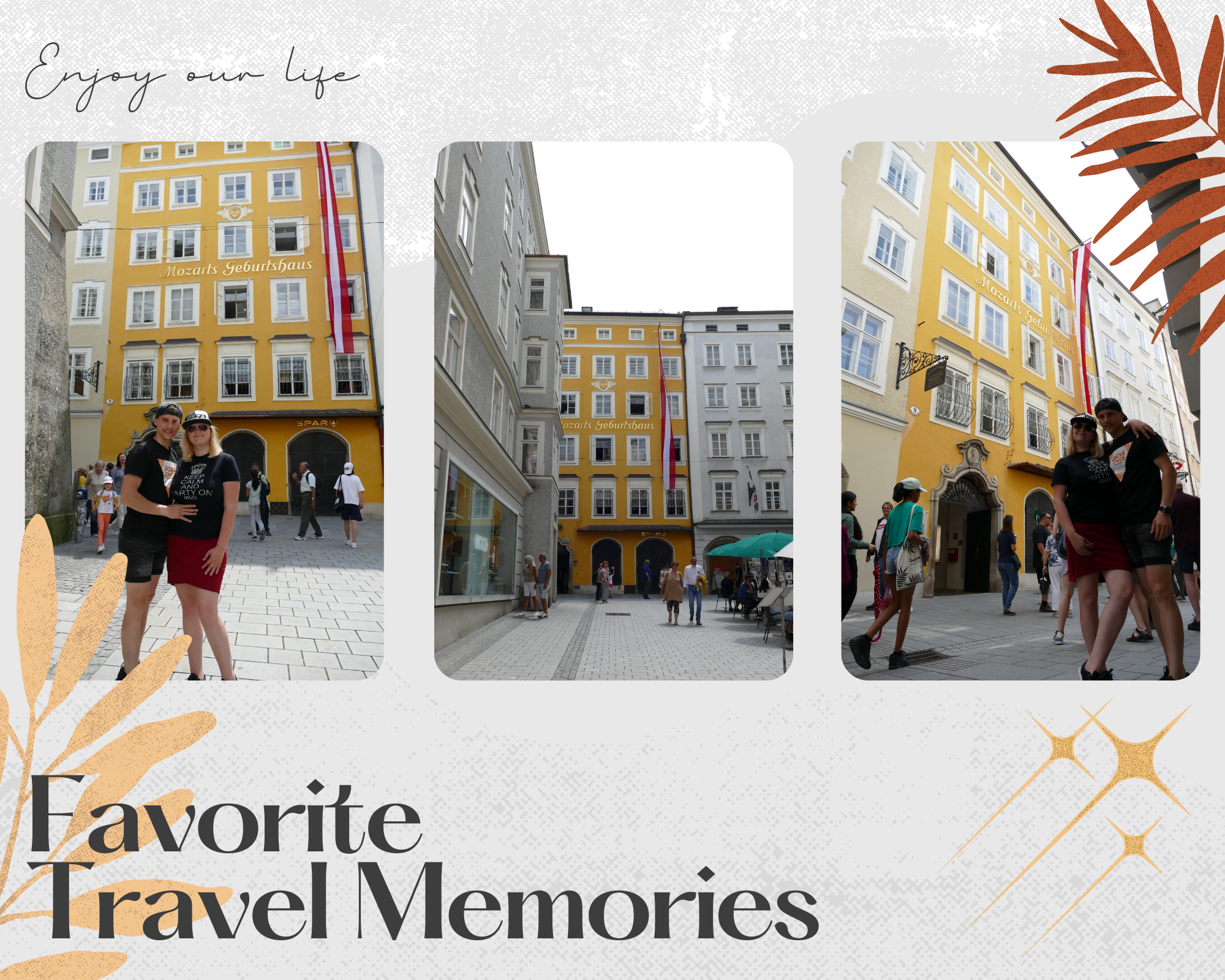
Photo Source : traveldreamdiary.com
Mönchsberg
The monks of the adjacent Benedictine monastery of St. Peter are honored by the name of the city mountain in Salzburg, known as the Mönchsberg. It extends approximately 1700 meters northwestward on the Salzach’s left bank from the Festungsberg to Mülln. Seldom is the fortress hill in the literature regarded as a component of the Mönchsberg. The cityscape is characterized by the long ridge of the plateau mountain.
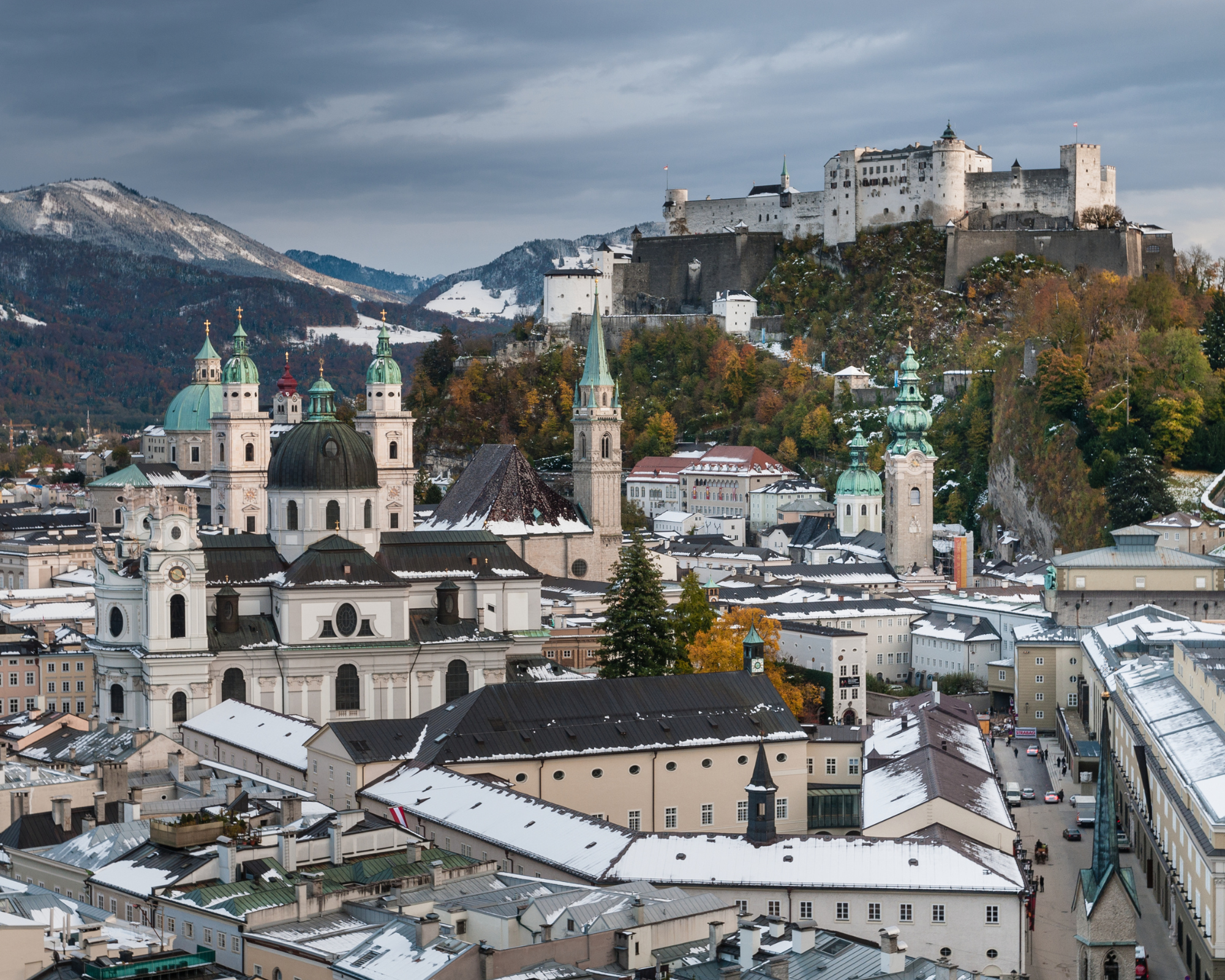
Photo Source : traveldreamdiary.com
mozartplatz
The Mozartplatz is a notable rectangular square located in Salzburg’s old town. It was designed in 1588 by Wolf Dietrich von Raitenau by the demolition of several town houses. With the Sigmund Gate added to its significance, the representative primary traffic axis from west to east crossed the plaza on the right bank from Universitätsplatz via Alter Markt and Residenzplatz.
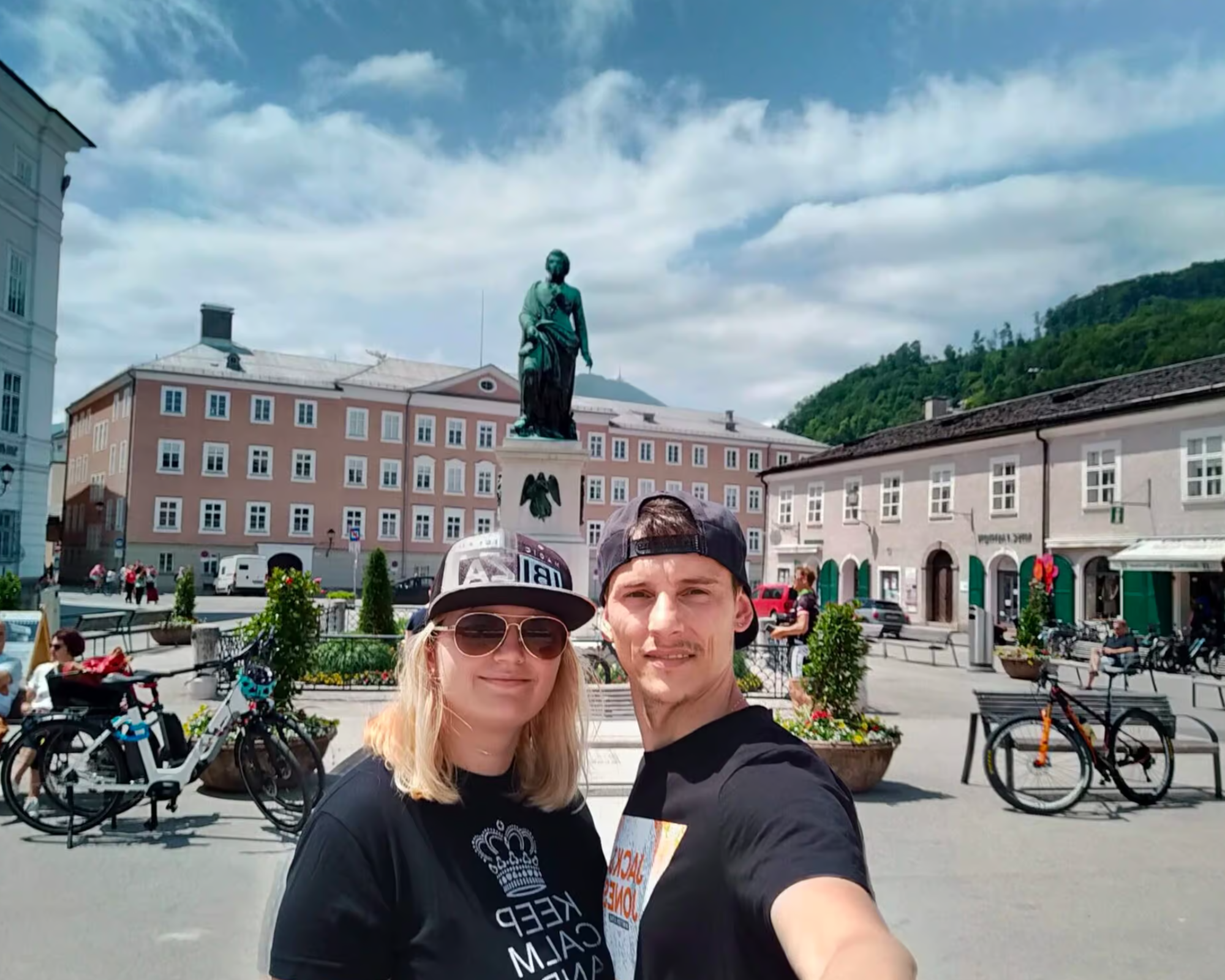
Photo Source : traveldreamdiary.com
Kollegienkirche
The University of Salzburg’s church, the Kollegienkirche, was built during the Baroque era. University Square is where it’s situated. The Immaculate Conception of Mary is the patron saint. On December 8, Austria celebrates the patron saint festival, which is a high festival and state holiday.[1] The church is a recognized structure and a component of Salzburg’s UNESCO World Heritage Historic Center.
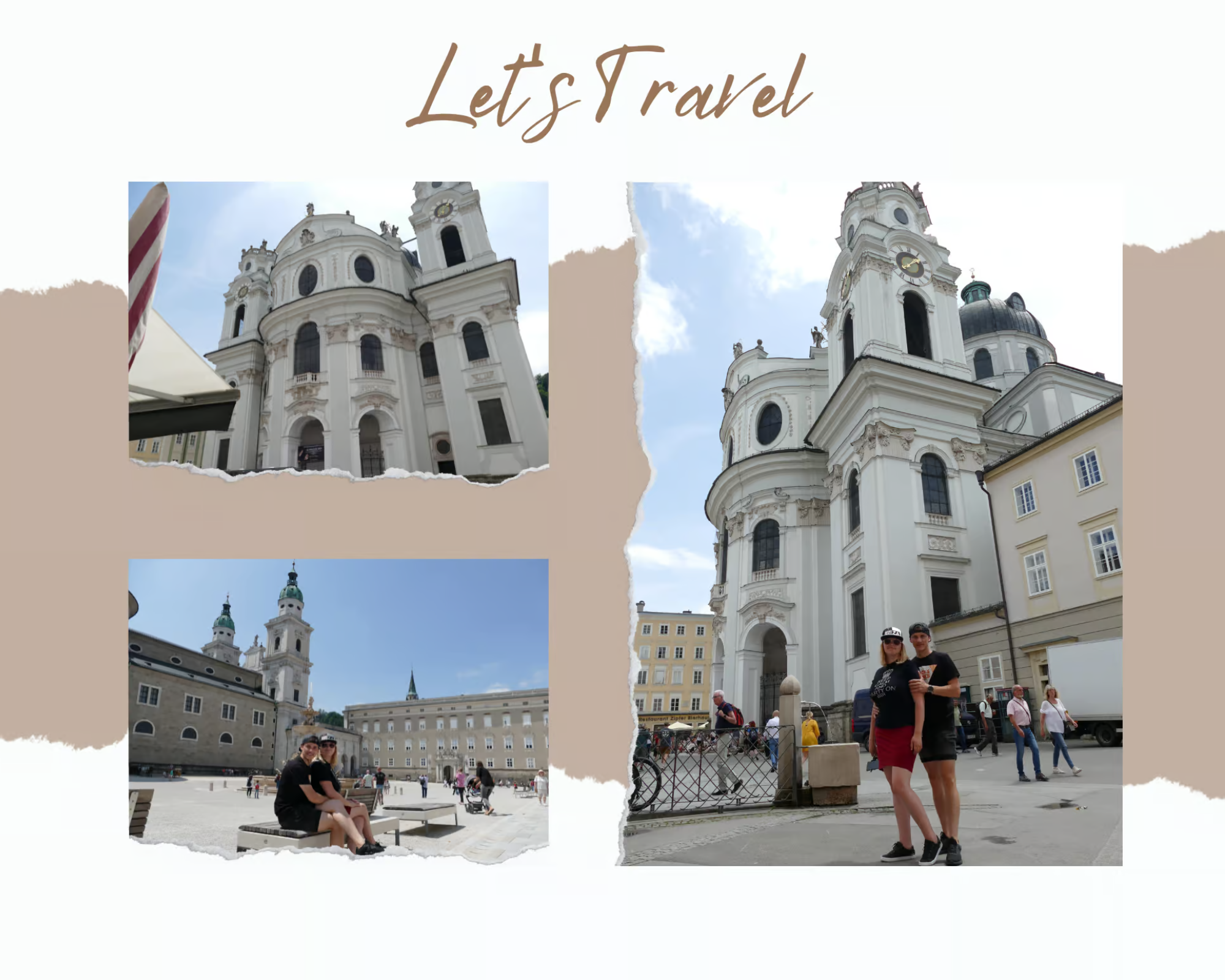
Photo Source : traveldreamdiary.com
Altes Rathaus
Located on the Getreidegasse in Salzburg, the Alte Rathaus is a stunning 14th-century building that served as the seat of the city government for centuries. It is a testament to Salzburg’s medieval history with its striking clock tower and breathtaking facade. Even though there are businesses and cafés nowadays, its historic charm endures and draws lots of tourists.The 1772 Alte Rathaus in Salzburg is a historic structure that plays a significant role in the city’s history. After the mayor moved into the Schloss Mirabell in 1947, the old Rathaus is now used for a variety of purposes, such as a gallery, a community hall, the preservation of the city’s oldest clockwork, and the oldest glocke. A reference to the Rathaus’s original purpose as a courthouse is made by the figure of Justice (1616) on the exterior facade.
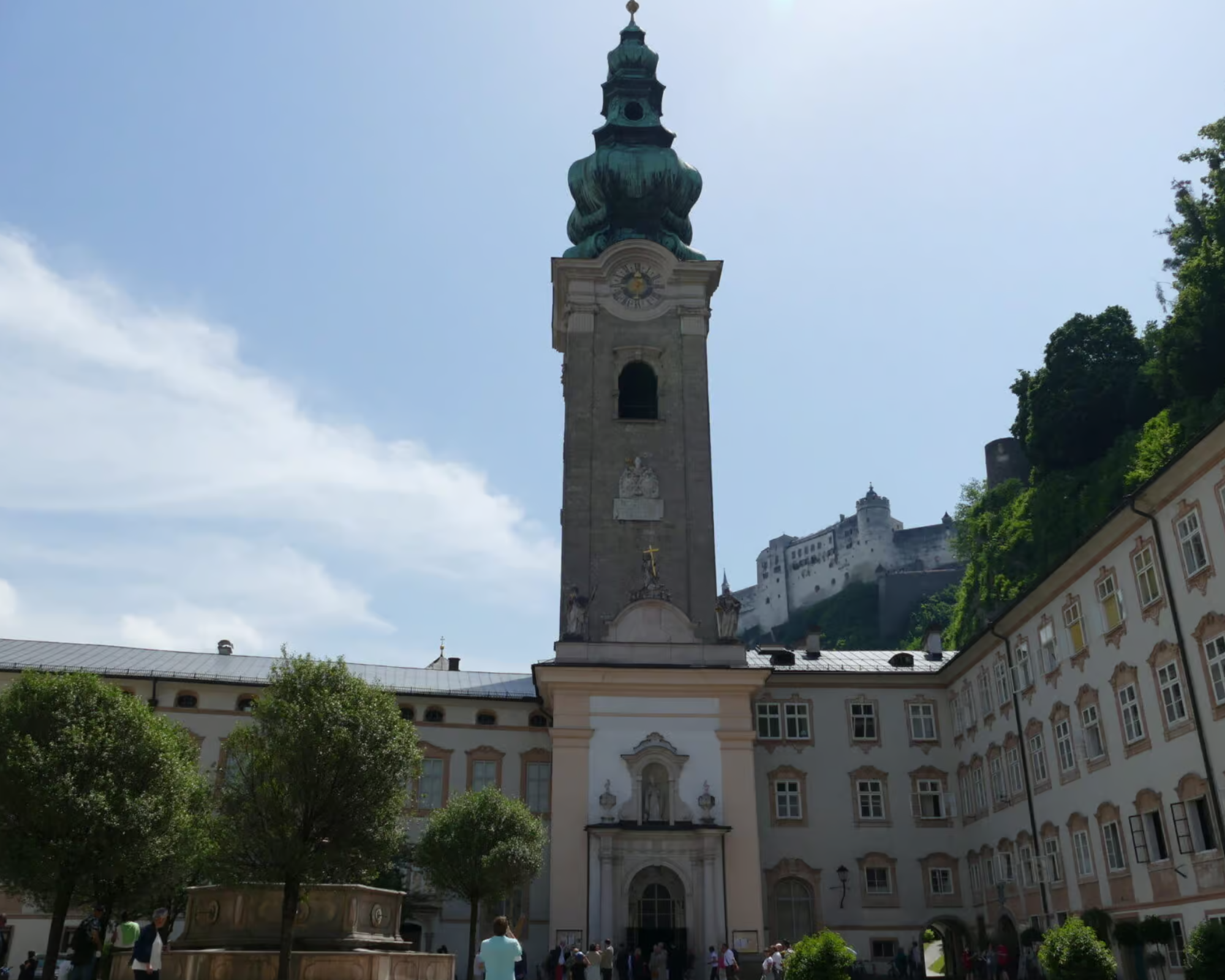
Photo Source : traveldreamdiary.com
Book your perfect vacation!
Vacations: We are happy that we have the opportunity to work with the most famous companies in the world, we always order our vacations from these companies and we have never been disappointed: Check 24, Trivago, Trafalgar, TravelUp, Insight Vacations, Explorer Fernreisen.
Where to stay
Hotels, bed & breakfasts, and guesthouses, regardless of location—in the center of town, close to a lake, or amid natural surroundings. We were able to identify the top companies providing the best hotels: Booking.com, Trip.com, TravelUp, esky, Hoteltopia, Millennium Hotels and Explorer Fernreisen.
Where to eat
Traditional dishes to try in Austria
Wiener Schnitzel, classic Tiroler Speck bacon, and Knödel: a flavorful dumpling made from boiled beef or veal and vegetables Wiener Wurstel, or Sausages from Vienna
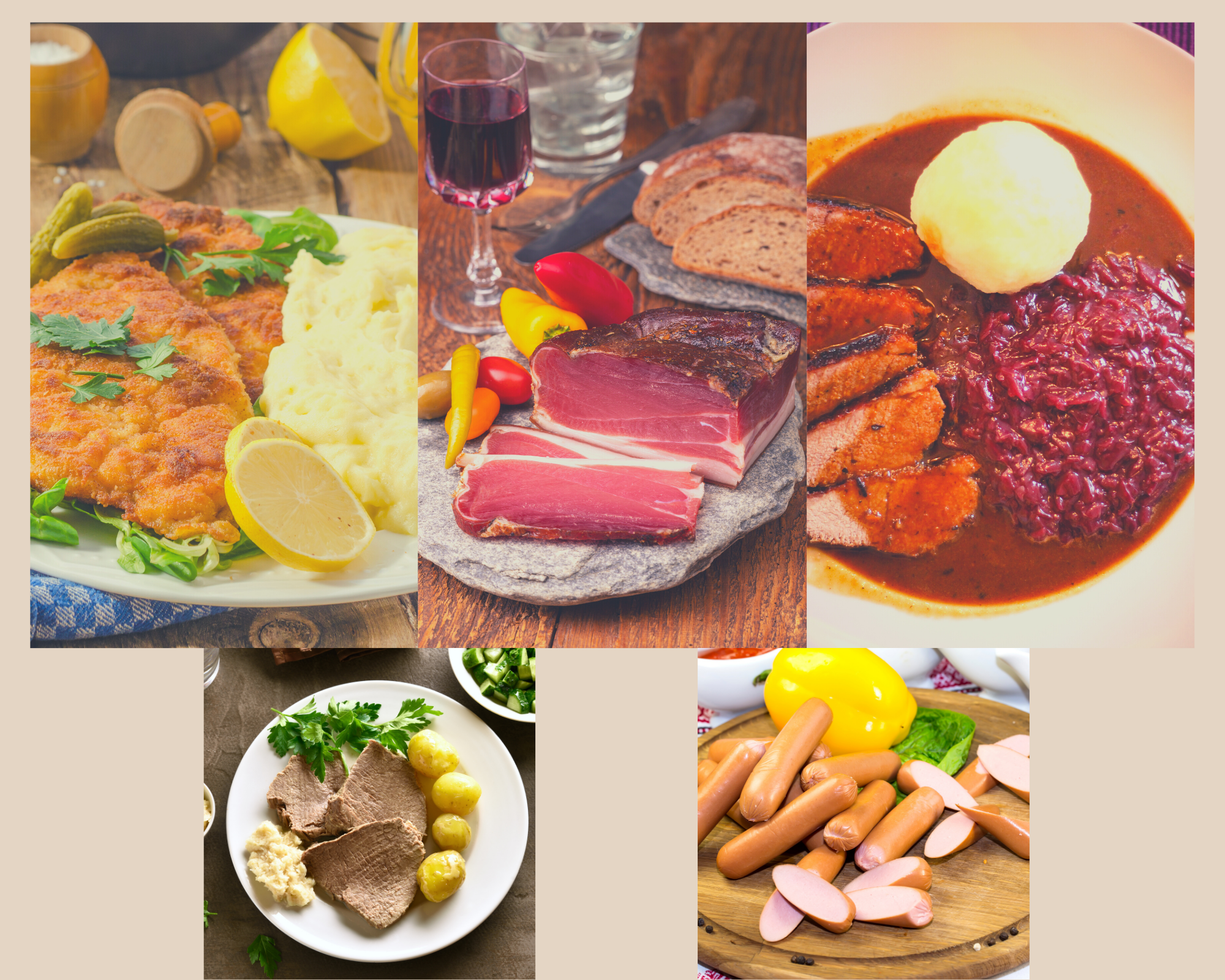
Photo Source: traveldreamdiary.com
Traditional dishes like zelzelrostbraten are offered in the majority of German and Austrian eateries in Vienna and Bavaria, respectively. Wiener saftgulasch is an Austrian stew made with diced lean beef and a rich, savory gravy. It’s considered the country’s response to goulash prepared in the Hungarian way. One simple dish that is representative of traditional Burgenland cuisine is Kürbis suppe, or pumpkin soup.
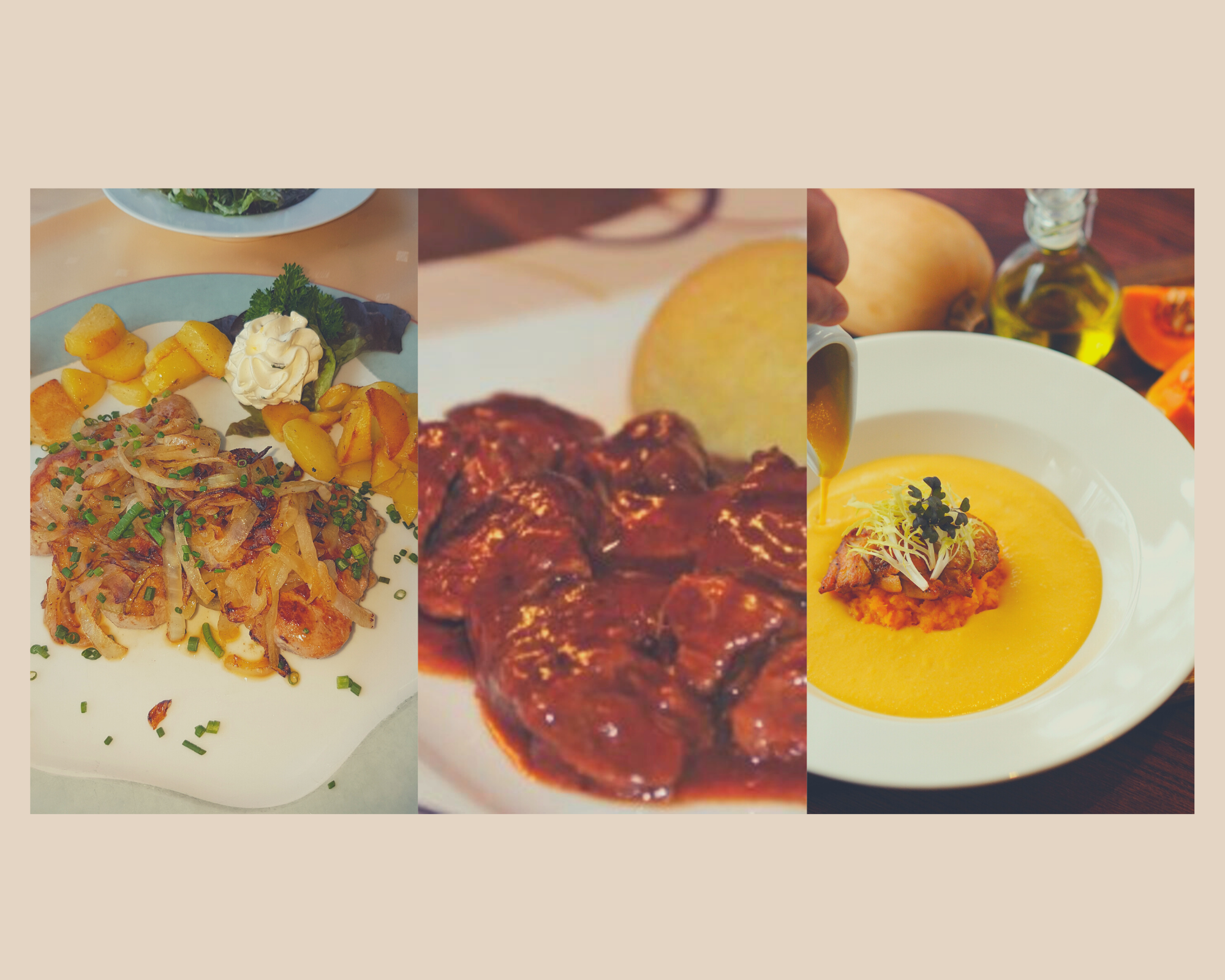
Photo Source: traveldreamdiary.com
Faschierte laibchen, or ground meat patty, is a common Austrian specialty that is created with a mixture of ground meat (usually a mix of both beef and ground pork), eggs, soaked bread in milk, fried onions, fried garlic, spices, and seasonings. A typical meal from Tirol, an Austrian region well-known for its hiking and skiing routes, is called Tiroler gröstl. Like most Alpine cuisines, gröstl is made primarily of fried potatoes, onions, and bacon and is simple yet flavorful. The meal is typically served with a fried egg on top. Käsekrainer, a kind of sausage stuffed with tiny pieces of cheese, is a classic gourmet treat from Austria. Typically, pork or a combination of pork, beef, and other spices are used to prepare it.
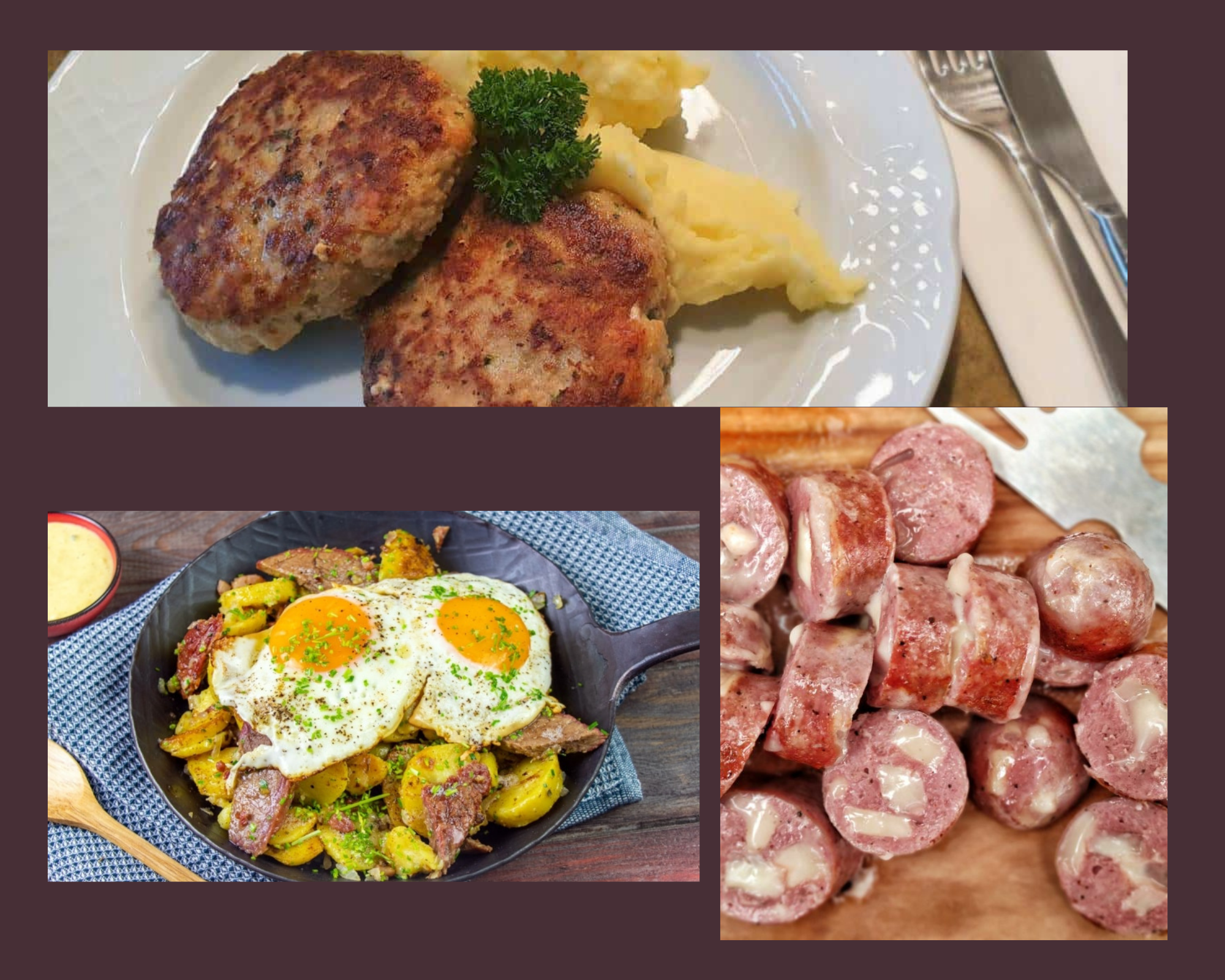
Photo Source: traveldreamdiary.com
Desserts: Apple strudel, Sachertorte, and Powidltascherl (Plum Jam Turnovers): These delicate pastries are filled with a mixture of plum jam, rum, or plum schnapps and are fashioned with a unique potato dough. Topfen, also known as quark cheese, is the primary component of topfentorte, an Austrian-style cheesecake. A miniature variant of the Linzer torte, Linzer Augen are created by assembling two already-baked shortbread biscuit pieces and putting redcurrant jam between them. Famous Austrian steamed yeast dumplings are called germknödel.

Photo Source: traveldreamdiary.com
Salzburg’s top eateries include IMLAUER Sky – Bar & Restaurant. The Johanneskeller is the ideal fusion of a modern, vibrant space and a charming, traditional Austrian restaurant. In a historic setting, the Andreas Hofer Weinstube serves Austrian food, with a specialization on Tyrolean cuisine, as the name suggests.

Photo Source : OanaAlexandra on canva.com
The beer garden at Pauli Stube entices you to stay around. It’s a comfortable spot. The restaurant in Salzburg with the nicest view is the Stadtalm. It’s not a fine dining establishment; it’s a modest place. Lunch is less expensive at Zwettlers if you go there at noon. It’s the only Austrian restaurant in Salzburg that I’m aware of that makes such an offer. It’s also the only restaurant in Austria with a menu that offers more than a single or two vegetarian alternatives.
Saving Tips
You may save a tonne of money by making your hotel and travel reservations in advance. Discover the greatest deals by using our hotel search engine. Many hotels let you pay when you arrive, and most let you cancel up to one day prior to your scheduled arrival.Buying Austrian train tickets in advance can help you save money if you’re only visiting the big cities and don’t need a car. Many of the city’s museums are open for free during these hours. By taking advantage of the lunchtime Tagesmenü (fixed menu) offered at most establishments, you can save a small fortune.

Photo Source : OanaAlexandra on canva.com
The busiest and most busy months are July and August, but most attractions have longer hours. The end of September is our favorite time to go there. In Salzburg, tourists love riding bicycles. The oldest coffee shop in the city, Café Tomaselli, offers the most fashionable method to take a break for coffee.
Book your tours!
Tours: If you do not go by car and need to know more information about the tours, and things to see, we recommend these companies that are offering tours for any kind of activity you want to do and where you can buy trips much cheaper than if you buy them when you arrive at your destination. It is always good to be able to save some money!
Viator, Get Your Guide, Tiqets, City Sightseeing, Sesame, Sightseeing Pass, Contiki, Riviera Travel, CityPass: the best activities in town!
Shopping
Known for its upscale shopping, Salzburg boasts Getreidegasse, Linzergasse, and the third-largest street market in Austria after Naschmarkt and Brunnenmarkt in Vienna, which is located across from Schloss Mirabell. There are sales on flowers, leather goods, organic foods, and a wide range of other delicacies, like plums and eels.
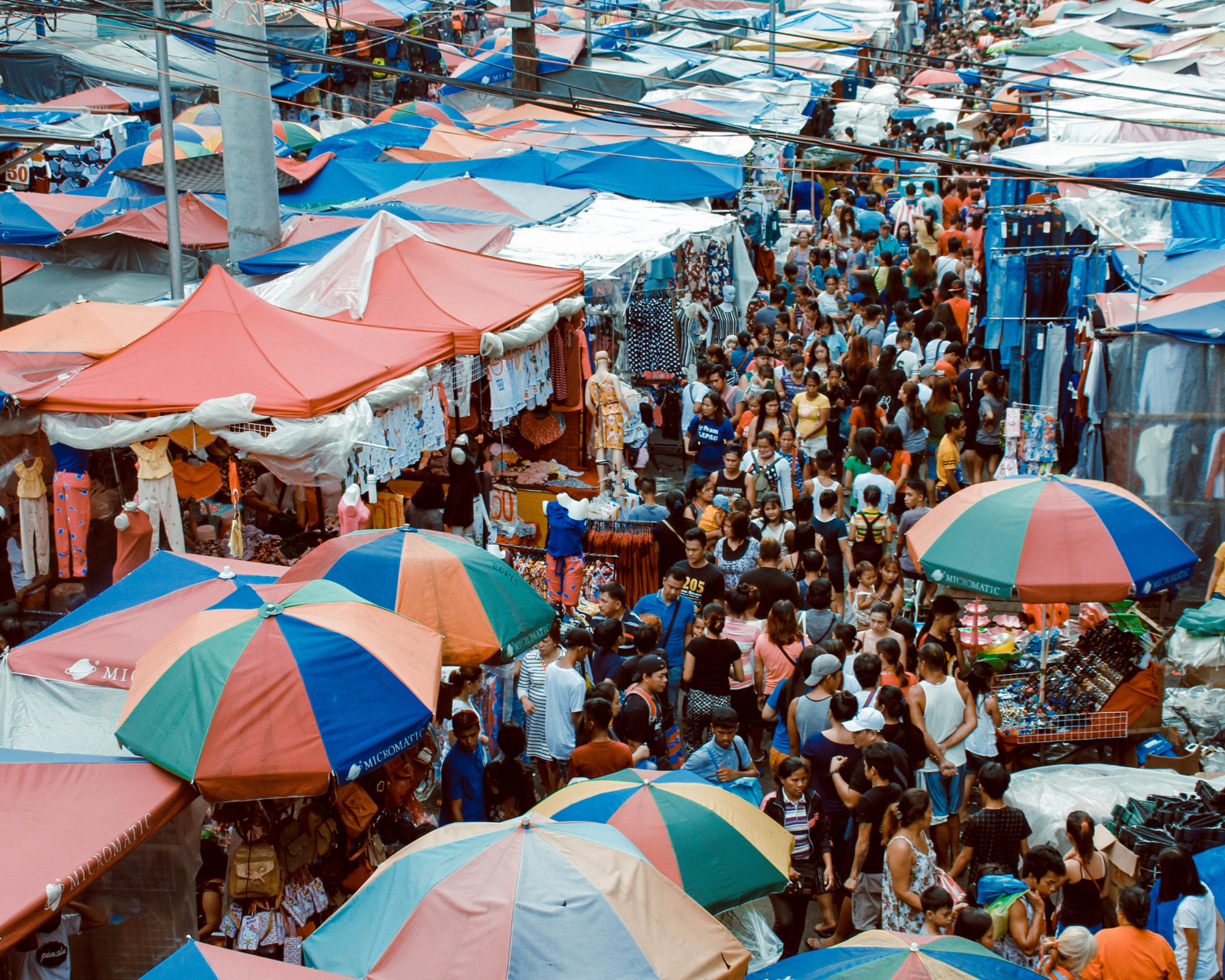
Photo Source : OanaAlexandra on canva.com
Situated between Salzburg Cathedral and the former St. Peter Churchyard, Kapitelmarkt provides gifts, souvenirs, and delectable snacks. Maria-Theresien-Straße and the flea market in InnsbruckVendors from Europe, Asia, and Africa add a vibrant, global character to the market.
Getting Around
Austria boasts a sophisticated public transportation network. Buses and trams are available within cities; the metro is only available in Vienna, the capital.Bus and train connections throughout Austria are excellent. On the other hand, Austrian highways make for an enjoyable road trip if you’d rather drive. But the primary mode of transportation across the nation is the train. The national rail operator in Austria, ÖBB, is in charge of rail transportation. The company runs a large number of domestic and international routes. Other routes inside the nation are provided by Westbahn, a different firm, many of which travel to smaller towns. Regional buses are run by Postbus, a subsidiary of ÖBB, throughout Austria. The majority of Austrian buses are air-conditioned and of high quality inside. Additionally, regional buses will have restrooms, Wi-Fi, and
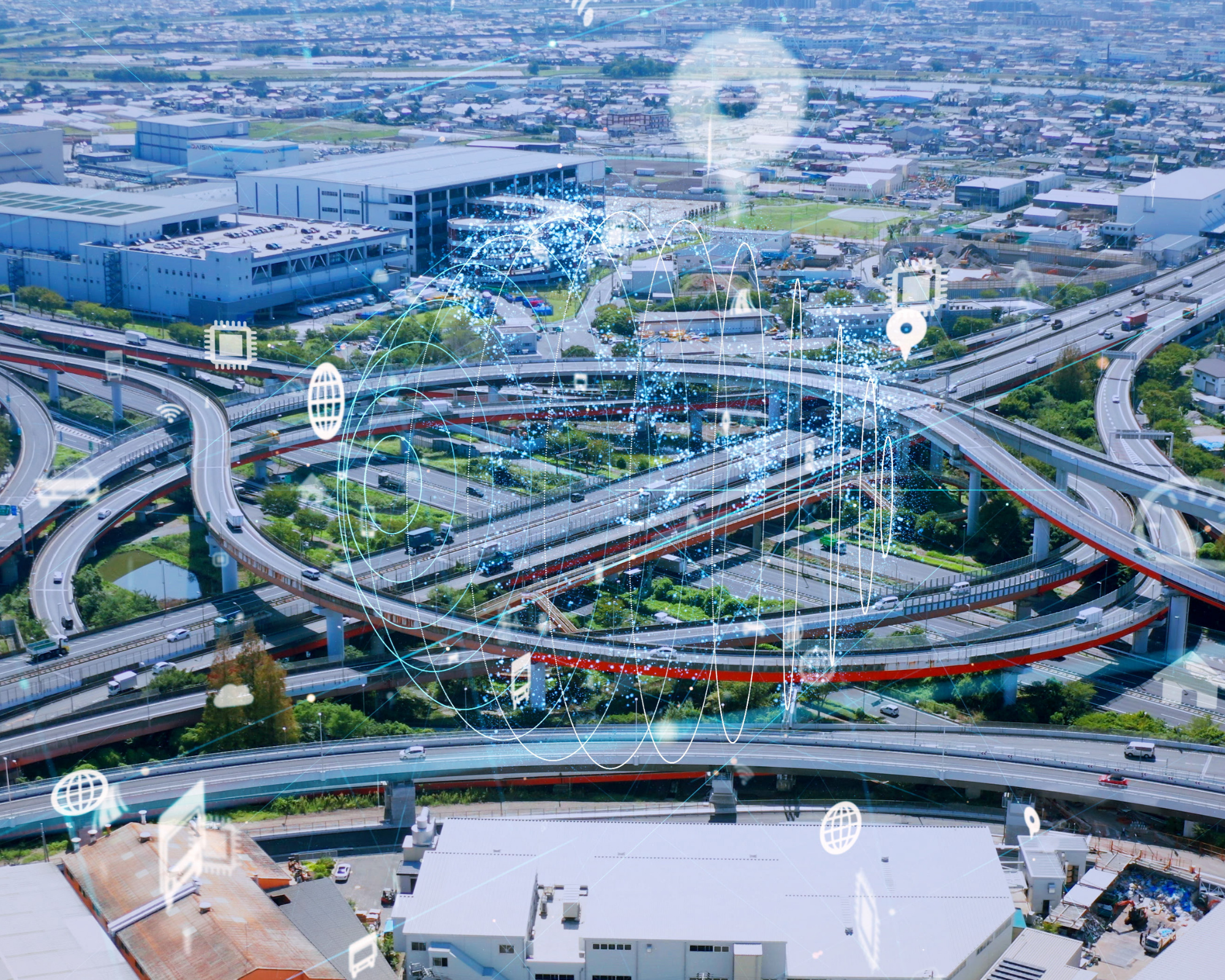
Photo Source : OanaAlexandra on canva.com
Salzburg Airport: Daily service (every 10–20 minutes) between the airport and Salzburg main station is provided by the No. 2 Bus. Every 20 minutes on Sundays and public holidays. The whole travel time is about twenty-three minutes. Every ten minutes, the No. 10 Bus (Mo-Sat) leaves the airport for the city center. The trip takes about fifteen minutes.
Book your transport!
Rent a car!
Here you can find the best offers to rent the right car for you, as well as parking right in the airport: esky, Explorer, Centauro and intui.travel.
Getting here
The two airlines that travel to Austria most frequently from the US are Austrian Airlines and United Airlines. Austria is highly connected on a national and international level because to its three main airports, which are located in Vienna, Salzburg, and Innsbruck. Vienna International is a major hub for several European destinations because of its advantageous location in the heart of Europe. There are information desks in terminals 1 and 3’s departure halls as well as terminal 3’s arrivals hall. You may access flight information online as well. By train, the airport can be reached from Vienna’s city center in less than 30 minutes.
Innsbruck Airport is a bustling transportation hub that services the region’s well-known ski resorts throughout the winter. The largest regional airport in Austria, Salzburg Airport, is conveniently located close to Salzburg’s city center and has good access to public transportation. It is also easily accessible via its own motorway exit. It is the ideal place to begin your journey to the nearby summer and winter vacation destinations.

Photo Source : OanaAlexandra on canva.com
Austria’s Largest Airports: Vienna Airport, Graz Airport, Linz Airport, Salzburg Airport, Innsbruck Airport. Nearby Airports in Other Countries: the western regions of Austria, such as Tirol, Salzburg, and Vorarlberg, flying into Zurich (Switzerland) or Munich (Germany) are great alternatives. eastern Austria- Bratislava Airport in Slovakia, which is only 50 km / 30 mi from Vienna.
south Austria – Airport in Slovenia, Ljubljana. Airlines Visiting Austria The largest airline in Austria, Austrian Airlines serves about 130 destinations across a global route network. Air France, Ryanair, Swiss, EasyJet, EasyJet, EasyJet, EasyJet, Aer Lingus, Austria, and TUI Airways.
The largest airline in Austria, Austrian Airlines serves around 130 locations worldwide with its extensive route network. With 37 destinations, that route network is especially extensive in Central and Eastern Europe. Vienna International Airport serves as an excellent hub for connecting East and West due to its strategic location in the center of Europe. Austrian Airlines is a member of both the first worldwide alliance of international airlines, Star Alliance, and the Lufthansa Group, which is the largest airline group in Europe.
Getting to Austria by train
Numerous international train services are operated by the ÖBB. These are Eurocity or Nightjet trains that go from Austria to cities throughout Europe. You might occasionally have to make a connection to a train operated by a local business abroad. All in all, nevertheless, the quality of service should be comparable to that of ÖBB’s Austrian trains. Direct connections to nations including Belgium, France, Germany, Italy, The Netherlands, Poland, Romania, Switzerland, Slovakia, Slovenia, Czech Republic, and Hungary are provided by these trains. Additionally, there are links that make it simple to get to Denmark, Croatia, and Luxembourg.
Getting to Austria by bus
An essential component of the Austrian transportation network are buses. This is due to the fact that they frequently run routes to minor towns and night services, which enhance the national rail system. Austria is also the route taken by a number of international bus services. These link to numerous other important European cities, including those in Slovenia, Italy, Germany, France, and more. Eurolines is the most often used international bus company. The two main bus operators operating on foreign routes are Eurolines and Filxbus. Both provide routes to cities around Europe, connecting Austria with thousands of locations. If you click on the widgets below, you may purchase your rail or bus ticket:
Book tour Flights!
If you have not found your desired flight, or you simply want more flight options to find the best and cheapest, we will help you with the best flight plans, where you will definitely find what you are looking for. With just one click you will find the cheapest flights to a wonderful destination!
